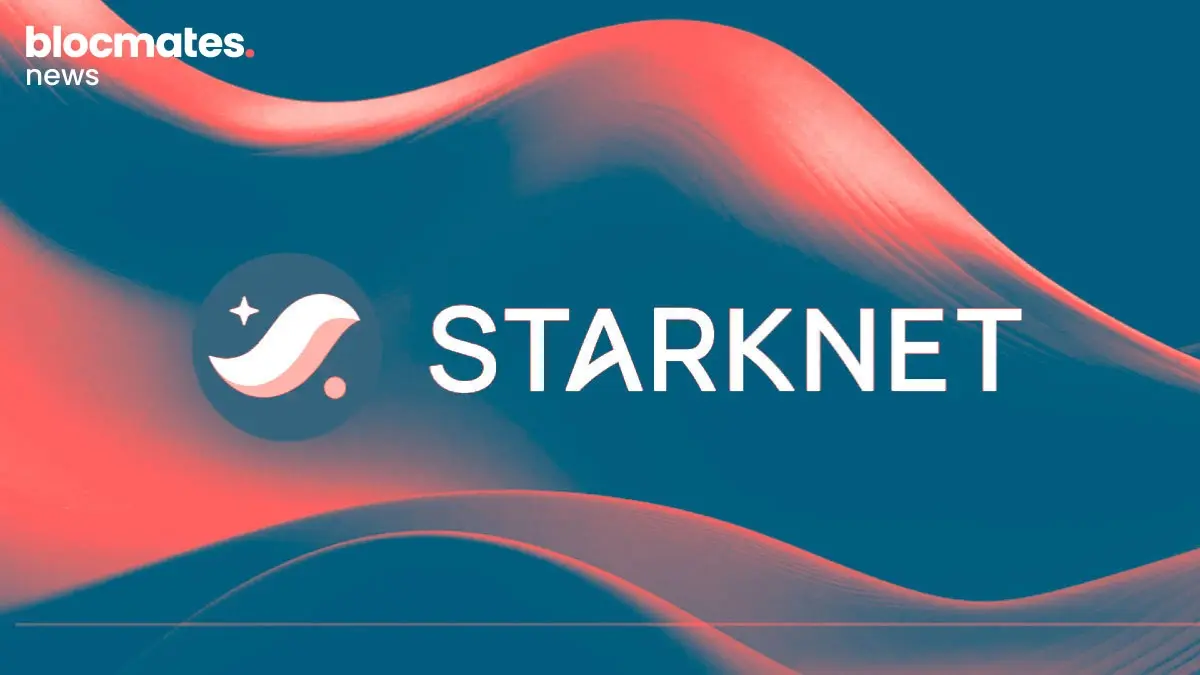Introduction
Non-fungible tokens (NFTs) have emerged as a significant use case of blockchain technology. The provable scarcity of non-fungible digital assets, on-chain and on an open, decentralised network, is undoubtedly a concept a 5th grader could understand. Perhaps, it is because of this relatively straightforward idea that we’ve seen mass adoption. Inherently, DeFi is complex, while NFTs are not – at least not at the same level. Some people are in it for the tech, some for the art, some to be part of online communities, and some to speculate. The point is that many people are intrigued by NFTs for one reason or another.
In my opinion, while many NFT projects are still struggling to find a product-market fit, I have no doubt that certain projects will far supersede expectations. Yes, a majority of them will probably fail and disappear into oblivion, that’s to be expected from a nascent industry.
In the hype of 2021, it’s not surprising that there were many opportunistic projects seeking to capitalise on the excitement around NFTs. As such, the NFT industry was crowded by mercenaries. By design, NFTs are fueled by speculation. You’re literally tokenizing JPEGs, putting them on-chain and creating secondary markets allowing people to trade these freely.
Volatility and speculation are the natural byproducts. Early movers have an advantage, as meaningful communities will only emerge around a limited number of PFP projects. Therefore, up-and-coming projects will have to innovate and bring something new to the table. As seen historically, sooner or later, another narrative will pick steam, and capital will start flowing as a result. Rinse and repeat?
Regardless, certain people are ultra-bullish on the future of NFTs, while some are ultra-bearish. The reality is likely to fall somewhere in between these two extremes. The advocates argue that every object in the metaverse or otherwise will be an NFT or represented by an NFT and that benefits derived from owning specific NFTs will far outweigh the acquisition cost. Whereas, the cynical folks argue that these NFTs selling for six figures have zero utility and that this whole thing is a large bubble waiting to burst. However, now people can put their money where their mouth is. All thanks to nftperp.
In this article, I intend to introduce you to nftperp, explain what the protocol does, how it works, and much more. But before that, let me mention this beautiful merge of DeFi and NFTs that we’re witnessing before our eyes. For me, Sudoswap was the innovator in the NFTFi space. As we go through this bear market, and tourists pack their bags and exit, a close-knit community of believers needs to come to life. Innovative products that cater to both DeFi natives and NFT collectors pique my interest. I’m super bullish on NFTFi. These products make possible the amalgamation of DeFi and NFT communities.
What is nftperp?
nftperp is a perpetual futures decentralised exchange for NFTs on Arbitrum. The platform allows users to take long and/or short positions, speculating on the movement of the floor price of various popular NFT collections.
In essence, you’re trading a futures contract that has no expiry. Futures are a type of derivative contract agreement to buy or sell a specific commodity asset or security at a set future date for a set price. As these are perpetual contracts, there isn’t a set future date or price, and thus no expiry. You’re never buying or selling the underlying asset, you’re trading the price action. In that too, you’re particularly focussed on the movement of the floor price of the collection in question.
Moreover, traders can trade with up to 5x leverage. Perpetual futures contracts do not require real NFTs as collateral. Instead, they track the floor price of the underlying NFT collection. This allows traders to enter and exit the exchange using ETH without the need to provide NFT collateral. But, be vary of liquidations!
As an example, at the time of writing, the floor price of BAYC sits at 77.8 ETH on OpenSea. For whatever reason, suppose I’m bullish and feel that the floor price is gonna pump. Consequently, I decide to long BAYC on nftperp. Now, if my prediction stands correct, and the floor price of BAYC pumps to, for instance, 80 ETH, I will make money. However, if it goes down to 75 ETH, I will lose. Pretty basic stuff.
Traders can go long and/or short on the floor price of projects like BAYC, with any amount in ETH. Remember, you’re trading the floor price movements.
nftperp solves the following key issues that currently plague the NFT industry:
- Many popular NFTs, such as BAYC and CryptoPunks, are too expensive for the vast majority of web3 participants to afford. Most people do not have 80-100 ETH available for buying JPEGs, making these “blue-chip” NFTs only accessible to wealthy individuals or “whales,” while retail investors are unable to obtain exposure to them.
- There is currently no way for those who are bearish on certain NFTs or who want to hedge their positions to short them.
- Traders find it challenging to profit from trading on OpenSea due to the high platform fees and royalties, which make it difficult to break even. In order to turn a profit, traders need to earn a return of at least 7.5%.
nftperp allows the following:
- Trade blue-chip NFTs with any amount of collateral using perpetual futures contracts
- Long and/or short NFTs
- Trade certain NFT collections with up to 10x leverage
As of writing this article, nftperp allows the users to trade the floor price of the following NFT collections:
- Azuki
- Bored Ape Yacht Club
- Milady
- Mutant Ape Yacht Club
- Crypto Punks
The devs intend to support more collections soon.
How Does It Work?
Under the hood, nftperp leverages some impressive tech to allow users to trade on the platform. The devs had to account for the unique characteristics of NFTs, which can be difficult to value due to their illiquid nature.
In this section, I will explain the following:
- Underlying protocol mechanism
- NFT pricing data oracle
- Funding payments
- Liquidations
- Trading fees
- Insurance fund
Mechanism
nftperp utilises a vAMM model (pioneered by Perpetual Protocol) with certain modifications.
Virtual AMM (vAMM) allows for trading without needing order books or liquidity pools.
Like most automated market makers (AMMs), vAMM uses the x*y=k constant product formula to determine prices. However, vAMM differs from traditional AMMs in that it does not require a liquidity pool. Instead, the trader’s collateral is kept in a smart contract vault, and the price is determined using the AMM bonding curve. The vAMM acts as a standalone settlement market, with all profits and losses being directly settled in the collateral vault. Essentially in such a model, one trader’s profit cancels out another trader’s loss. This means that the vAMM acts as a standalone settlement market, with all profits and losses being directly settled in the collateral vault.
If you want to learn about the specific implementation of vAMM by nftperp, you can read about it here.
Index Price & Data Source
An NFT price oracle is a tool that provides real-time pricing information for NFTs. This oracle is an essential component of various NFT financial primitives such as lending, indices, and derivatives.
However, valuing NFTs can be challenging due to their unique and illiquid nature, with one NFT not necessarily being equal to another. Protocols like Upshot, NFTBank, and Abacus can provide appraisals for individual NFTs based on factors like rarity and historical sales data, but these valuations do not necessarily apply to entire NFT collections.
In the current NFT market, the most widely accepted valuation metric is the floor price, which is the lowest asking price for an NFT in a particular collection across different marketplaces.
The floor price has become the standard for determining the market capitalization of NFT collections.
However, there are several issues with using the floor price of an NFT marketplace as an oracle for NFT financialization:
- Spoofing can be used to manipulate the price.
- A single NFT listing that sets the floor price may not accurately reflect the overall market’s sentiment.
- The minimum asking price represents the sell side rather than a fair price, which is the point at which bids and asks meet.
nftperp’s True Floor Price solves these issues.
True Floor Price is an NFT price oracle that is resistant to tampering and is based on sales data between real buyers and sellers in a particular NFT collection.
The method nftperp uses to calculate the True Floor Price involves the following steps:
- Gathering and analysing NFT transaction events from top NFT marketplaces, both on-chain and off-chain.
- Determining which data is eligible for inclusion based on the type of transaction event, the token IDs involved, and wash trade detection.
- Removing extreme and probable outliers using statistical methods and volatility scoring.
- Calculating the True Floor Price using a Time-Weighted Average Price (TWAP) method.
As you can guess, figuring out a reliable and trustable pricing oracle to deliver accurate price data feeds was of utmost importance. Learn more about the nftperp price oracle here.
Funding Payments on nftperp
Funding payments are used to keep the price of a perpetual futures contract (perp) closely aligned with the value of the underlying asset. Funding payments are made between traders who hold long or short positions on the contract. The funding rate determines the amount of the payment, with traders who hold long positions paying traders who hold short positions when the funding rate is positive, and vice versa when the rate is negative. These payments are made regularly to ensure that the price of the perp stays close to the value of the underlying asset.
Funding on nftperp follows a standard hourly funding period model, with payments occurring every hour of the day. Traders only pay or receive funding if they have a position open at the time of the funding period. Funding occurs continuously, 24 hours a day.
nftperp has a unique “Dynamic Funding” model in which the ratio of long and short positions is considered when determining the funding rate. This helps to maintain market equilibrium, even when there are imbalances between long and short positions.
Liquidations
When a trader opens a leveraged position, they use collateral to borrow capital from the protocol in order to buy or sell an asset. If the value of the trader’s position moves in a way that results in a loss, the loss is applied to their margin or initial collateral.
If the value of the position falls too low, the protocol may be at risk of losses. In order to protect itself, the protocol can liquidate the position to maintain solvency.
For example, let’s say a trader opens a leveraged position with a 5x leverage using 1 ETH as collateral. The notional value of the position is 5 ETH, and the trader has borrowed 4 ETH (20% initial margin ratio). The protocol’s smart contract requires a minimum ratio between the notional value and the margin, known as the minimum maintenance margin. If the trader’s margin ratio falls below this minimum maintenance margin ratio (e.g., 10%), keeper bots will trigger a liquidation of the position to protect the protocol’s solvency.
Keeper bots are responsible for initiating liquidations when necessary. They receive half of the remaining notional value as a reward for this service. The remainder of the margin is deposited into the Insurance Fund.
nftperp Trading Fees
Every trade on nftperp incurs a 0.3% fee based on the size of the position.
This fee is divided as follows:
- nftperp protocol Insurance Fund (0.15%)
- nftperp Insurance Pool (0.15%) – coming soon
In addition to the standard 0.3% fee, nftperp is considering implementing a dynamic fee model that would adjust the fee based on the difference between the mark price and the oracle price.
- Under this model, if the mark price is within ± 2.5% of the oracle price, the fee would be 0.3%.
- If the mark price is 2.5-5% above the oracle price, the fee would be 1% for long positions and 0.1% for short positions.
- If the mark price is 5-10% above the oracle price, the fee would be 5% for long positions and free for short positions.
Such a system would ensure that the price of the perp remains in close proximity to the oracle price at all times. Furthermore, the DAO will determine safeguards in regard to the limit of deviating trade directions if the mark price deviates beyond a specific % relative to the oracle price.
Insurance Fund
The insurance fund is a reserve of assets that helps to maintain the solvency of the protocol. If there are unexpected losses from the liquidation process, the insurance fund can be used to cover these losses.
The insurance fund is funded through fees collected from trades and liquidations, and as it grows in size over time, the protocol will be able to accommodate more open positions.
Fluctuation Limit
To protect the market from exploits such as flash loan attacks or insurance fund drain, the devs have implemented a fluctuation limit of ±2% per block. If the price falls outside this range, an error message will be displayed saying, “price is over fluctuation limit.”
For example, if the price in the previous block was 100, the allowable price range in the next block will be between 98 and 102.
Challenges of nftperp
As you can gauge, the devs had to overcome a lot of hurdles and challenges. From the outside looking in, it looks relatively easy. However, figuring out the vAMM model, an accurate & reliable pricing data oracle, processing funding payments, and ensuring protocol solvency via liquidations and an insurance fund is no small feat.
I find the following achievements especially commendable:
- Implementing Custom vAMM Instance: One challenge may have been finding a way to facilitate trades on the platform without the need for order books or liquidity pools, which are common implementations on traditional exchanges. The vAMM model was likely chosen as a solution because it allows for trading without these features and is well-suited to the unique characteristics of NFTs. Moreover, the devs had to tweak that system, by introducing Dynamic Virtual Liquidity (DVL).
- Reliable NFT Price Oracle: Another challenge the developers may have faced is finding a reliable and accurate data source for NFT prices. Valuing NFTs can be difficult due to their unique and illiquid nature, and individual NFTs may not necessarily be equal to one another. To overcome this challenge, nftperp uses a custom in-house NFT price oracle. The introduction and implementation of True Floor Price are innovative. This helps to provide a more accurate and reliable price for NFTs on the platform.
- Security: Another potential challenge the developers may have faced is ensuring the security, integrity of the platform and solvency at all times. Decentralised exchanges, including nftperp, are vulnerable to various types of attacks. The developers had to implement various security measures to mitigate these risks and ensure the safety of user funds. These include the implementation of True Floor Price, Dynamic Funding model, open-sourcing keeper bots so anyone can call the liquidation function, establishing an insurance fund, and setting a fluctuation limit.
nftperp User Incentives
nftperp is currently in its early stages and does not yet have a token, which makes it challenging to attract liquidity. In order to incentivize liquidity, nftperp has implemented an on-chain voucher system called $VNFTP. $VNFTP is a voucher token that can be converted into $NFTP at a later date and represents a user’s future ownership of the nftperp DAO.
The key characteristics are:
- $VNFTP are non-transferable
- Are on chain
- Hold Governance Power which can be boosted by their upcoming NFT collection
$VNFTP allows nftperp to recognize and reward users and aids in attracting liquidity.
You can learn more about the individual incentive programs here.
nftperp Analytics
The analytics tab allows the users to view the following key data points for the tradable NFT collections:
- Current funding rate (+ve means longs pay shorts and visa versa)
- Open interest (Sum total of open positions in ETH)
- 24h volume
- Index price
- Mark price (Estimate of the reasonable price of a perpetual contract)
- 24h floor price change
Conclusion
In conclusion, I’m super impressed by nftperp. The devs have worked hard to deliver a working and useful product. NFTFi literally bonds the two largest communities in the web3 space and could be a major narrative going into 2023 and beyond. As such, a need for a proper NFT perpetual futures DEX was only natural. The benefits and use cases are clear as day.
What’s more is that the front end boasts a clean and minimal UI, which is super rare in our industry. The UX is also well thought out and intuitive for even normies. To further support the varied users, there is a Lite and a Pro version of the front end as well. The underlying tech is impressive as well. The custom vAMM implementation ensures a smooth and fair trading experience. True Floor Price ensures that the pricing oracles are working as intended and that real data is influencing the price at all times.
Furthermore, the devs have clearly focused on mitigating potential attack vectors. The variable trading fees, open-sourcing keeper bots, maintaining an insurance fund, a fluctuation limit, and audited smart contracts all prove my point. It’s refreshing to see a team transparently mention the possibility of a mishappening, and appropriate measures have been taken to lower the risk. Otherwise, we’re usually in la la land, and CT echo chambers when it comes to most protocols.
Well, that’s it for today, folks. I hope you found the article informative and useful.
Resources
Twitter: https://twitter.com/nftperp
Discord: https://discord.com/invite/m8DGMgfhMg
Blog: https://app.nftperp.xyz/blog
Medium: https://medium.com/@nftperp






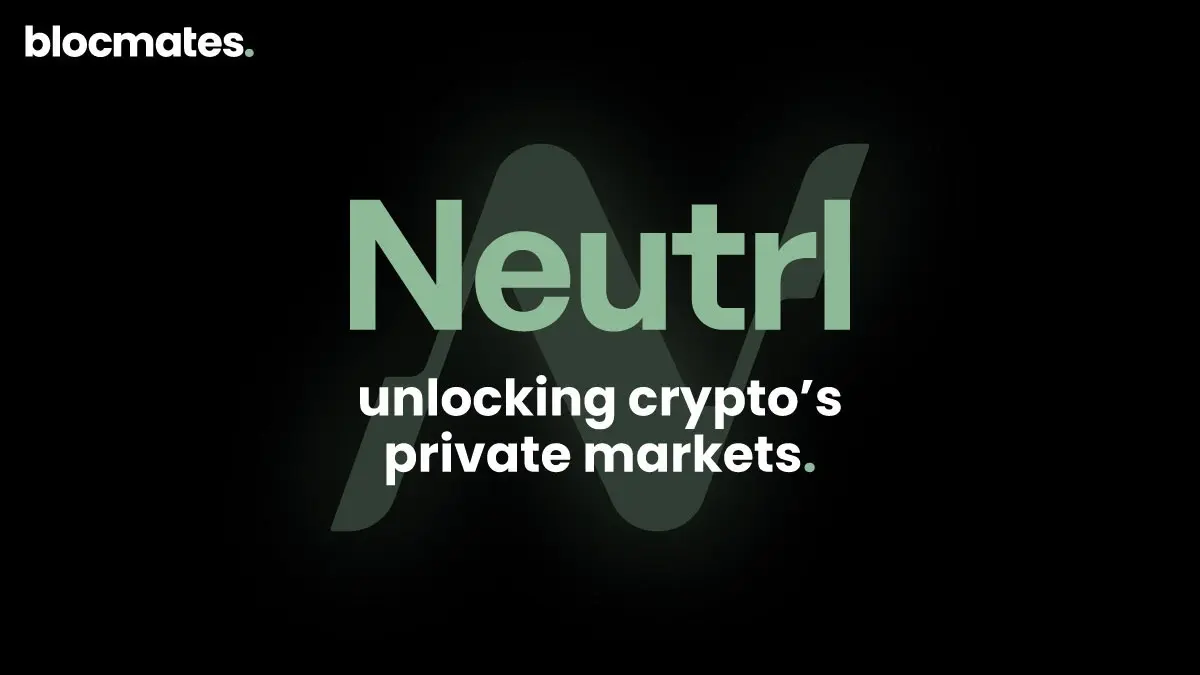






.webp)

.webp)
.webp)

%20(1).webp)
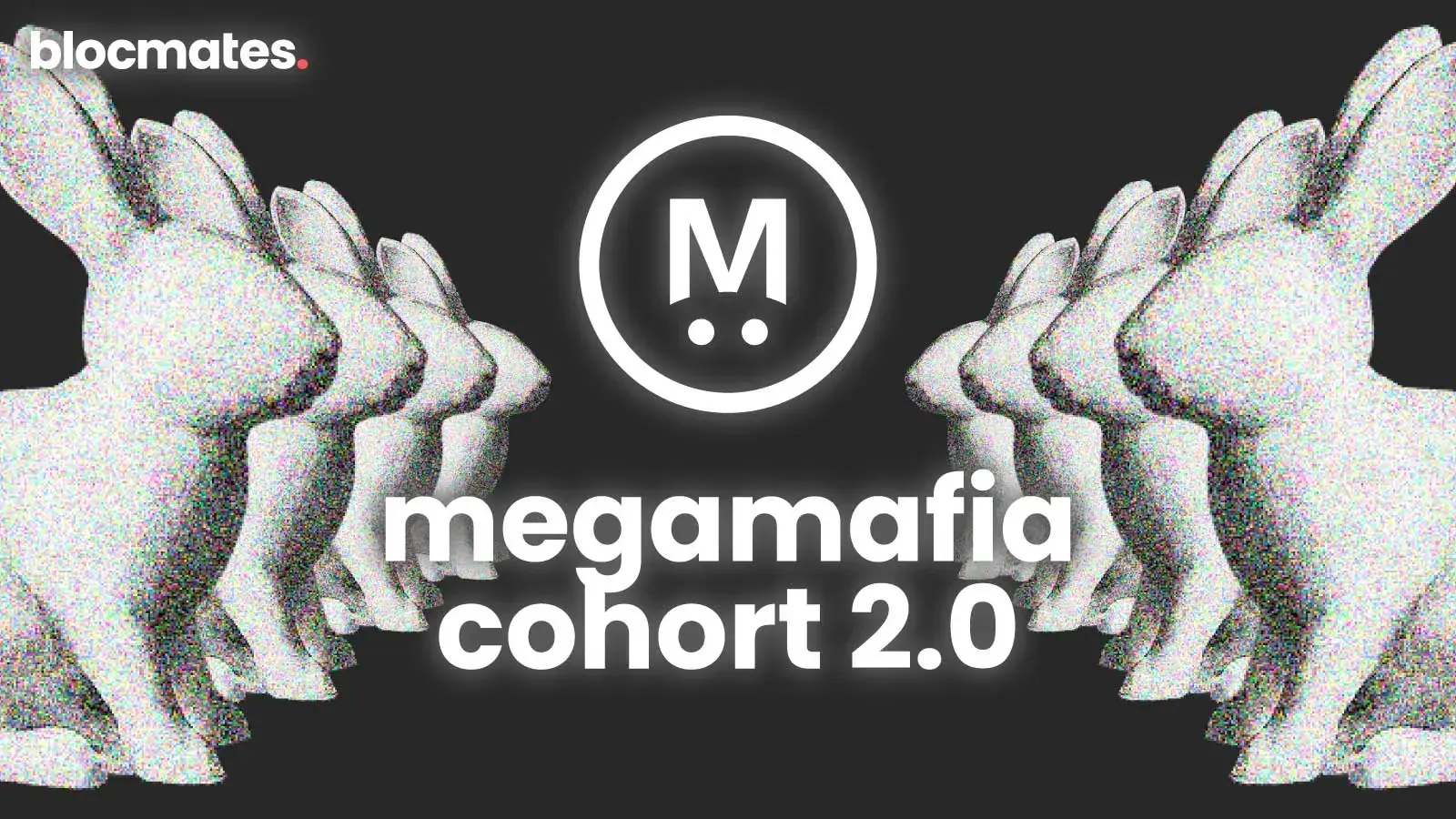
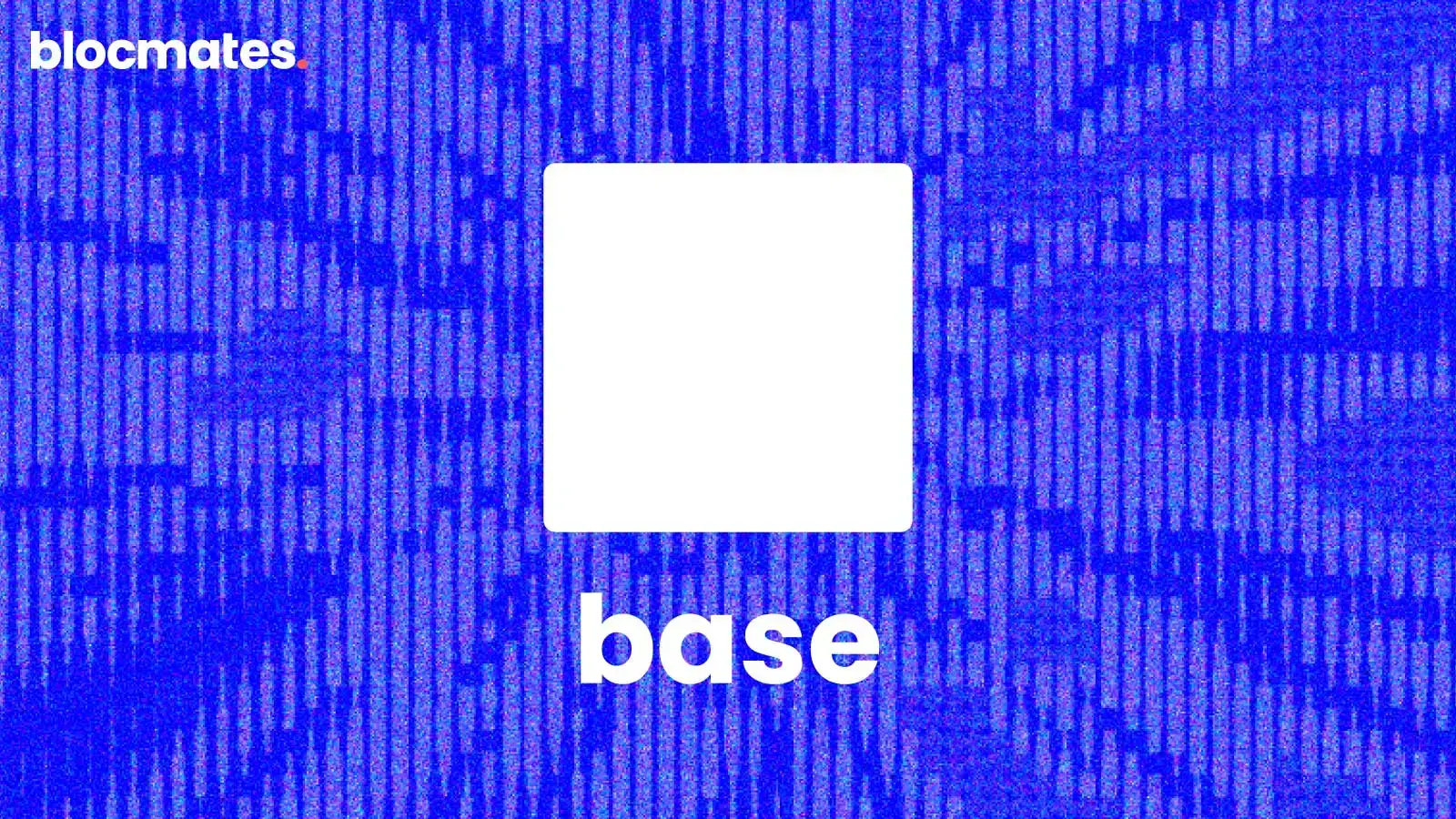
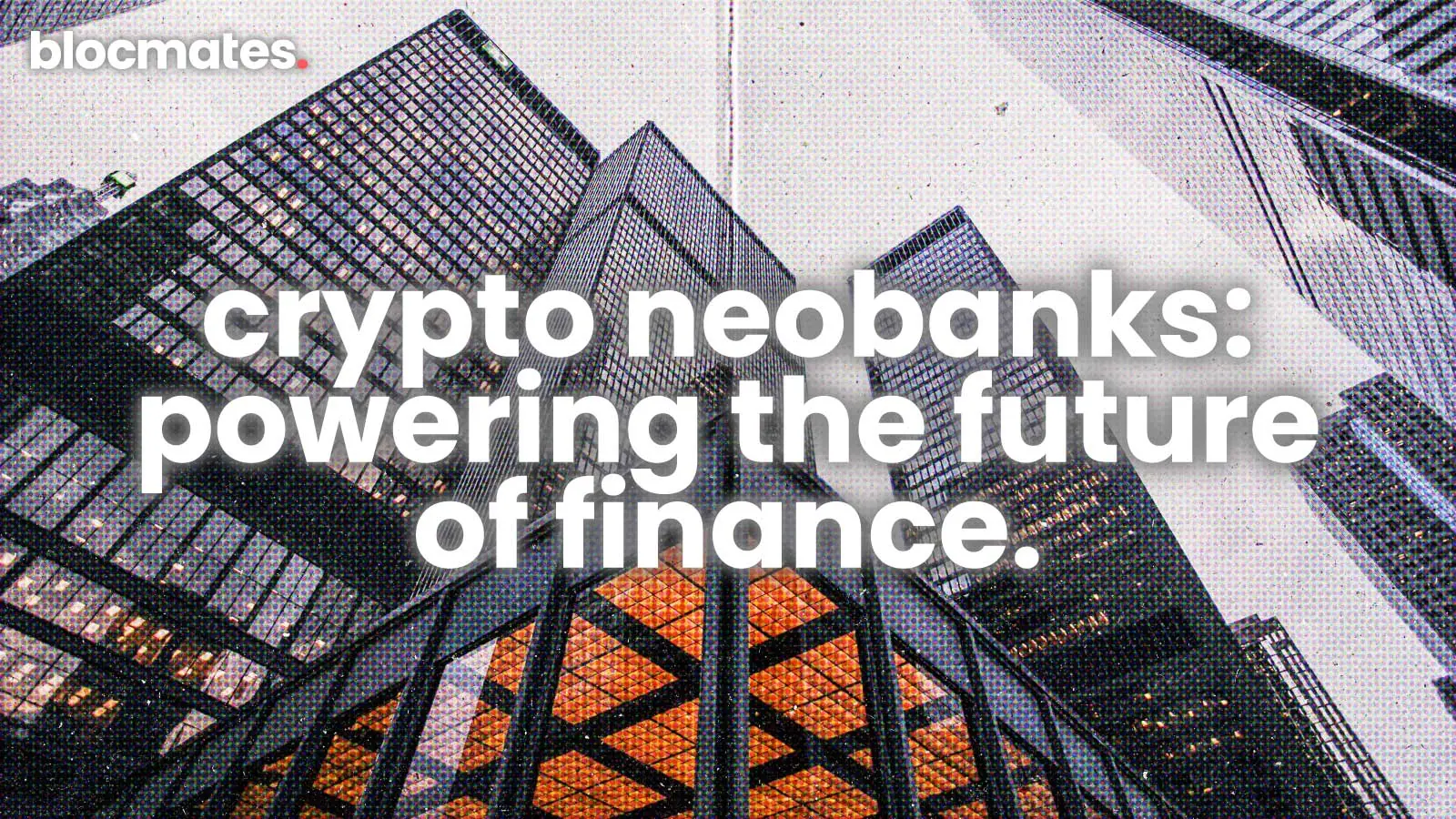


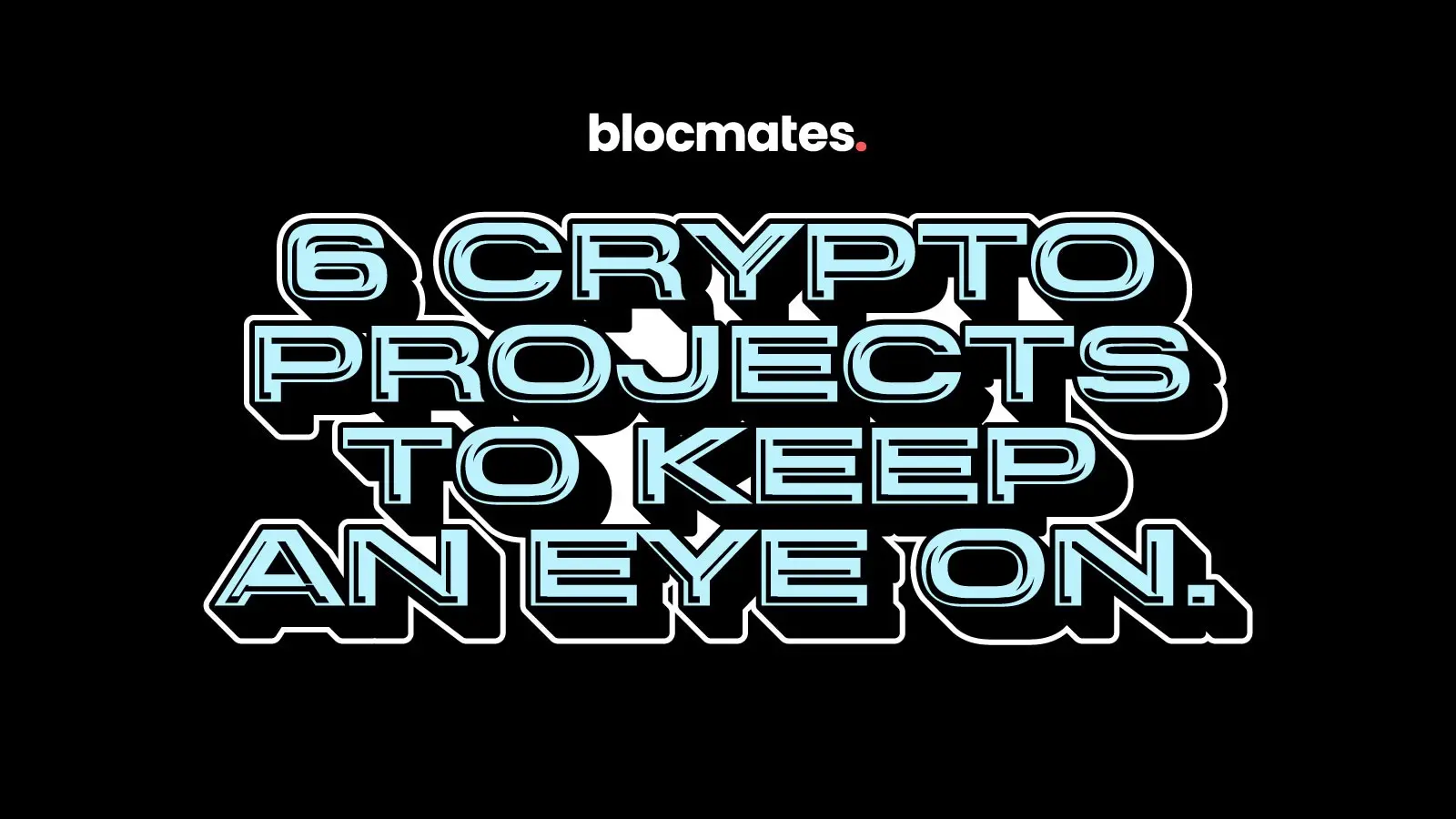
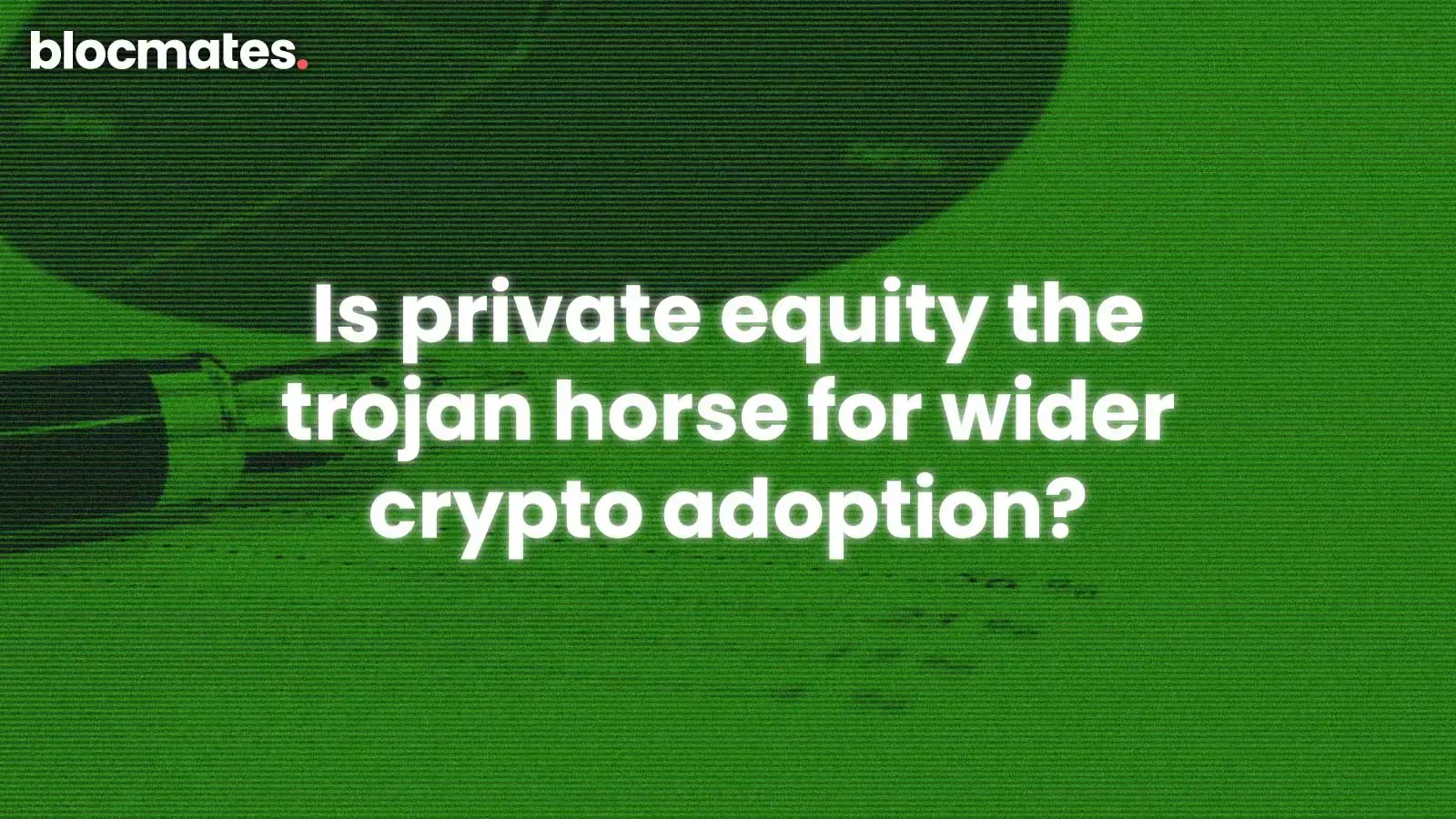
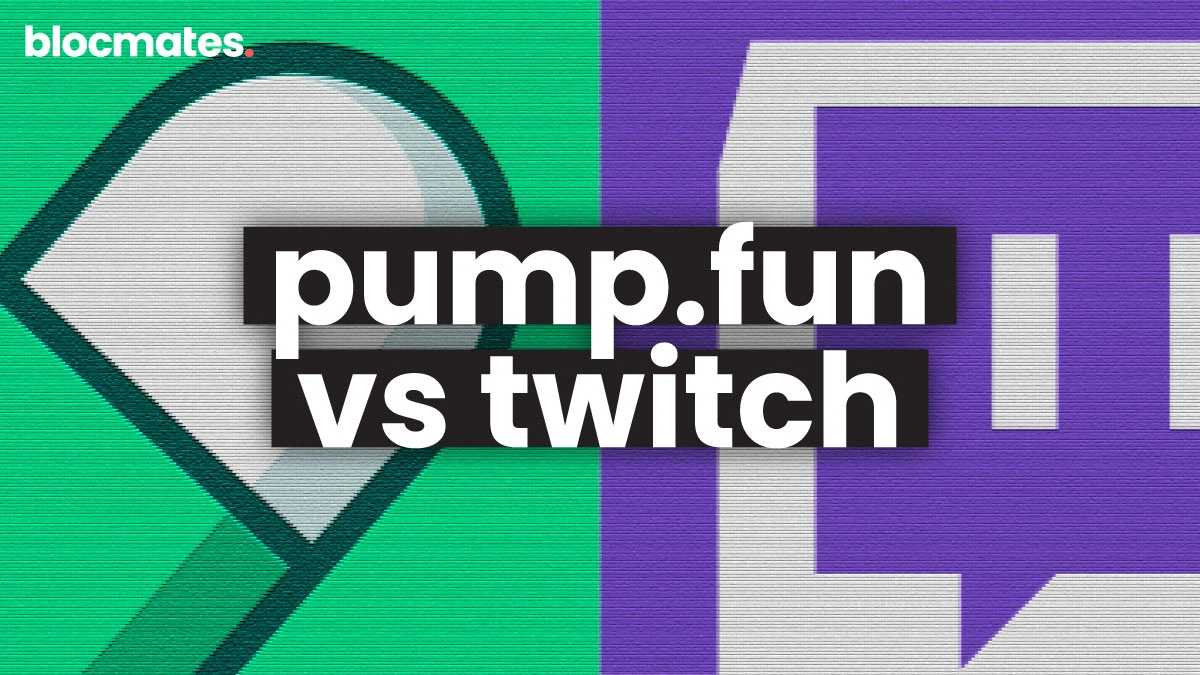

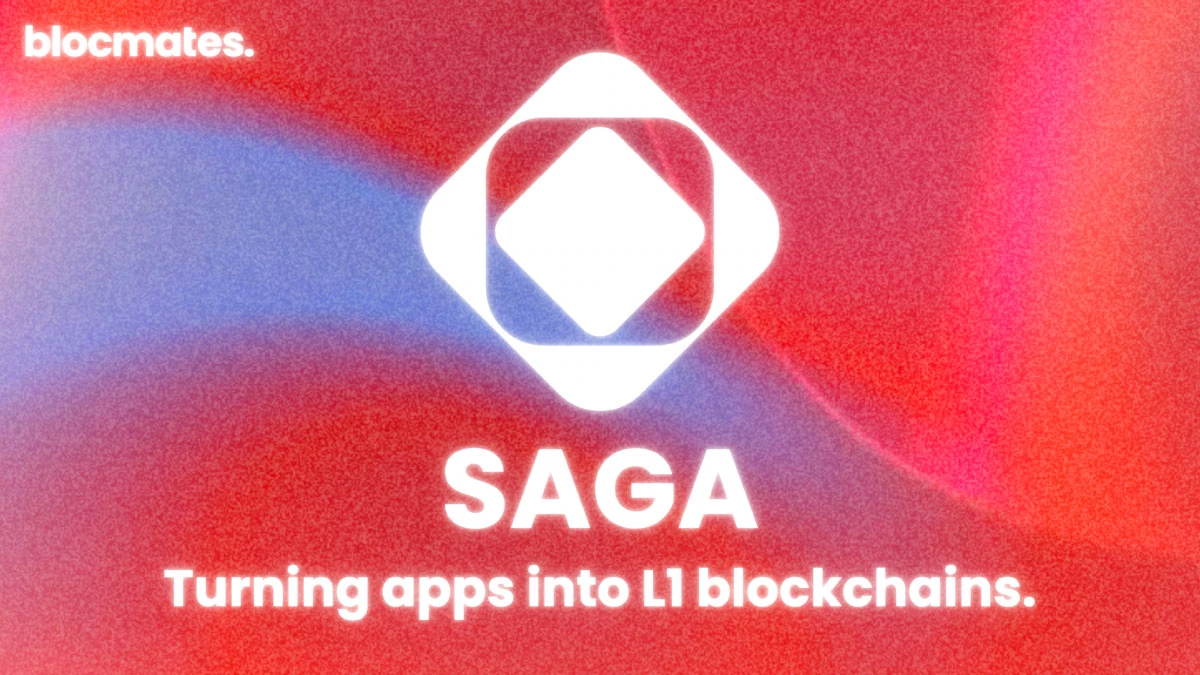

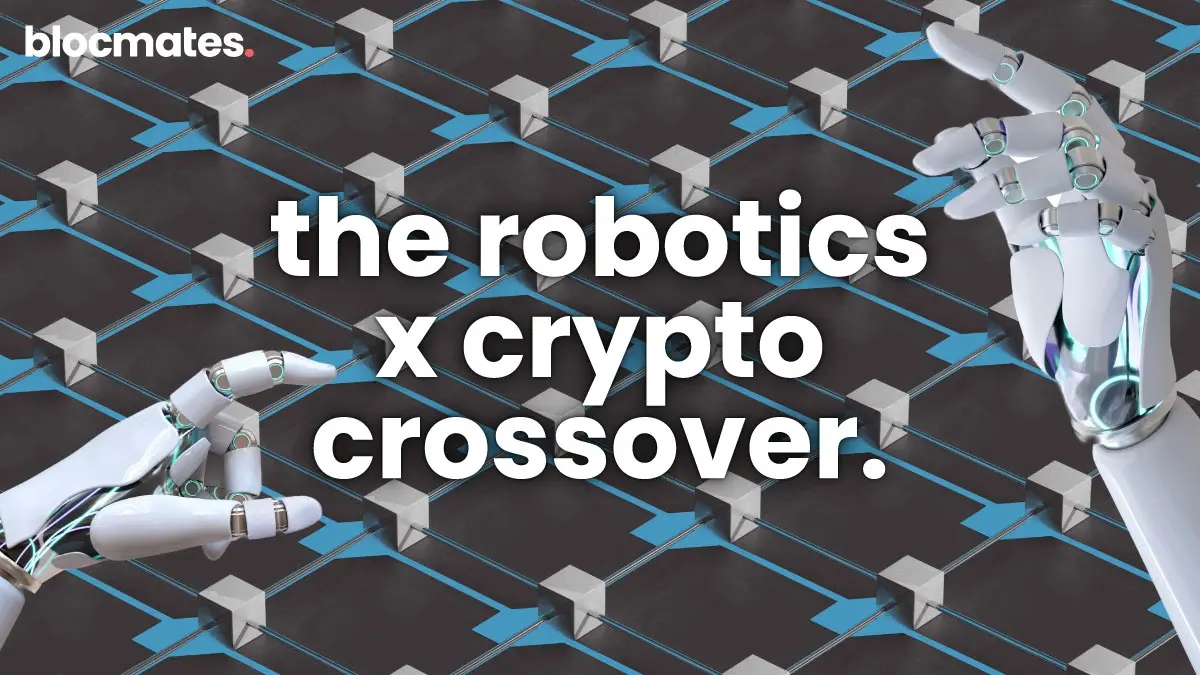
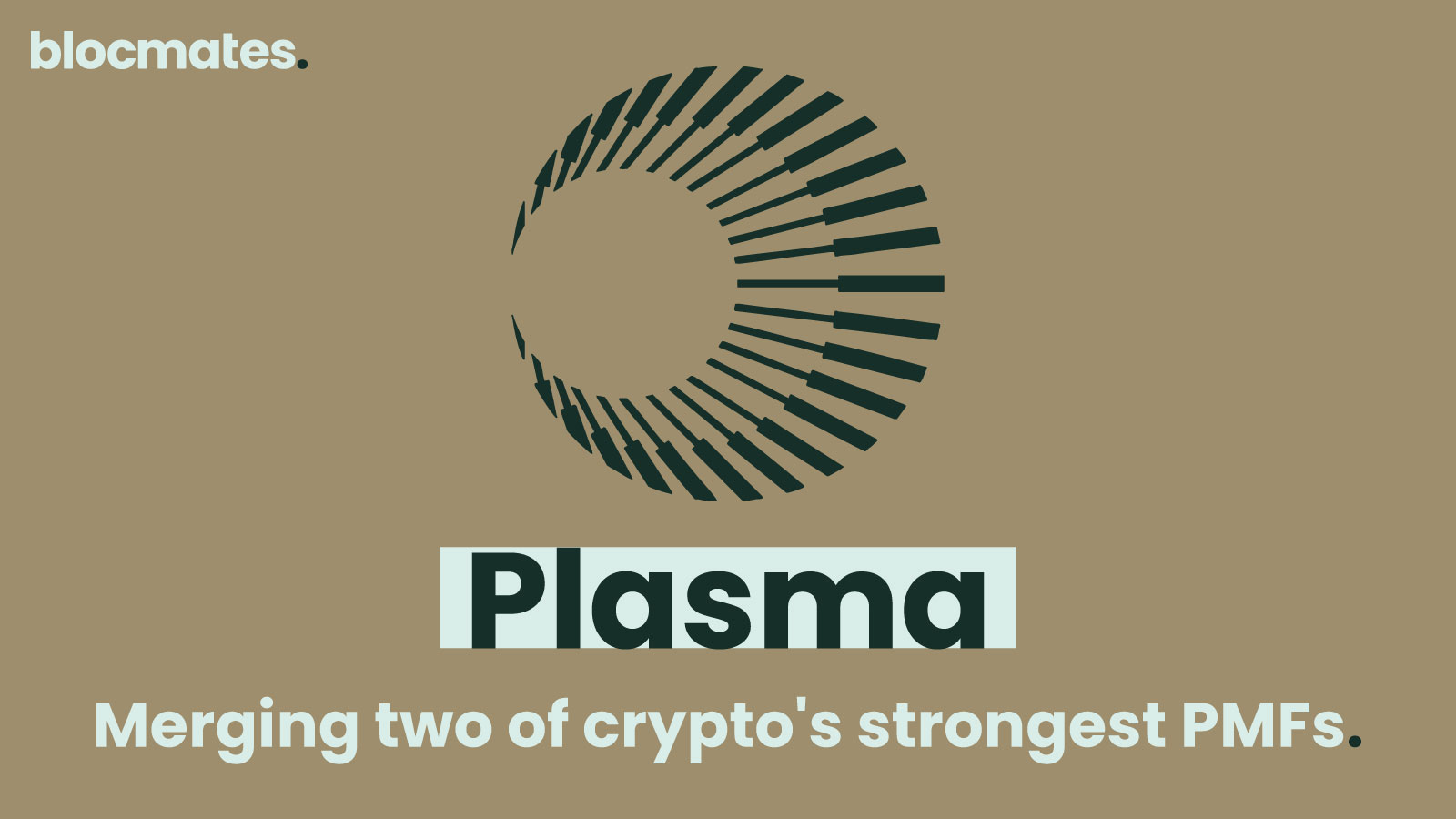

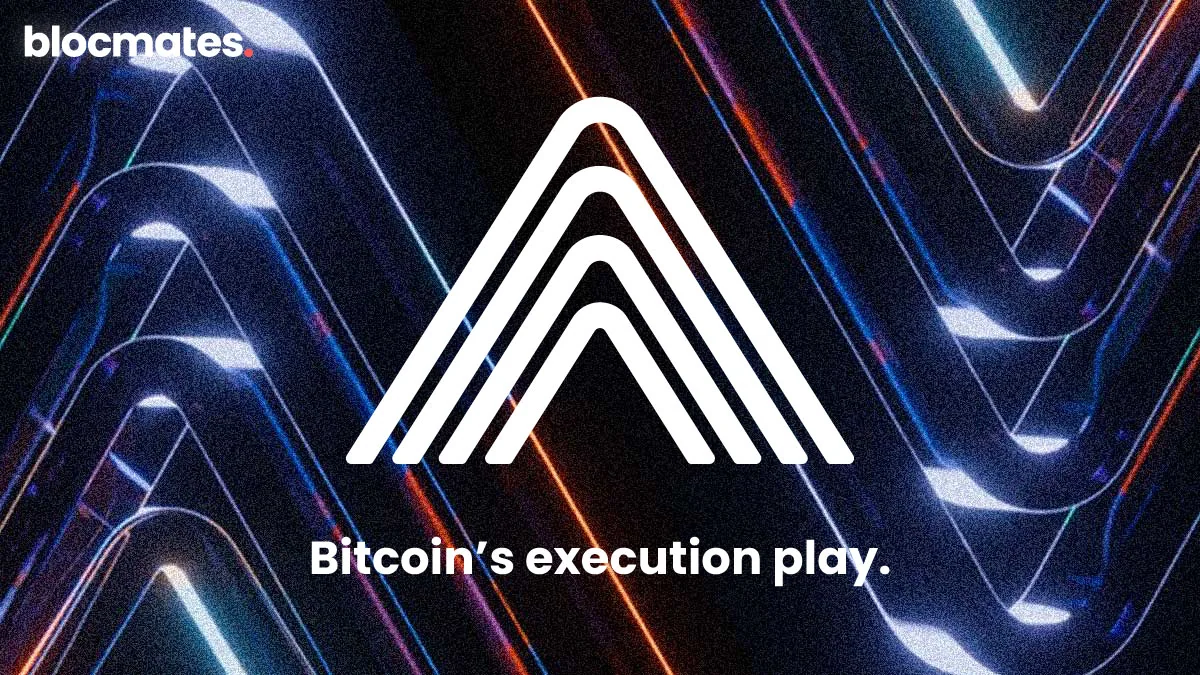

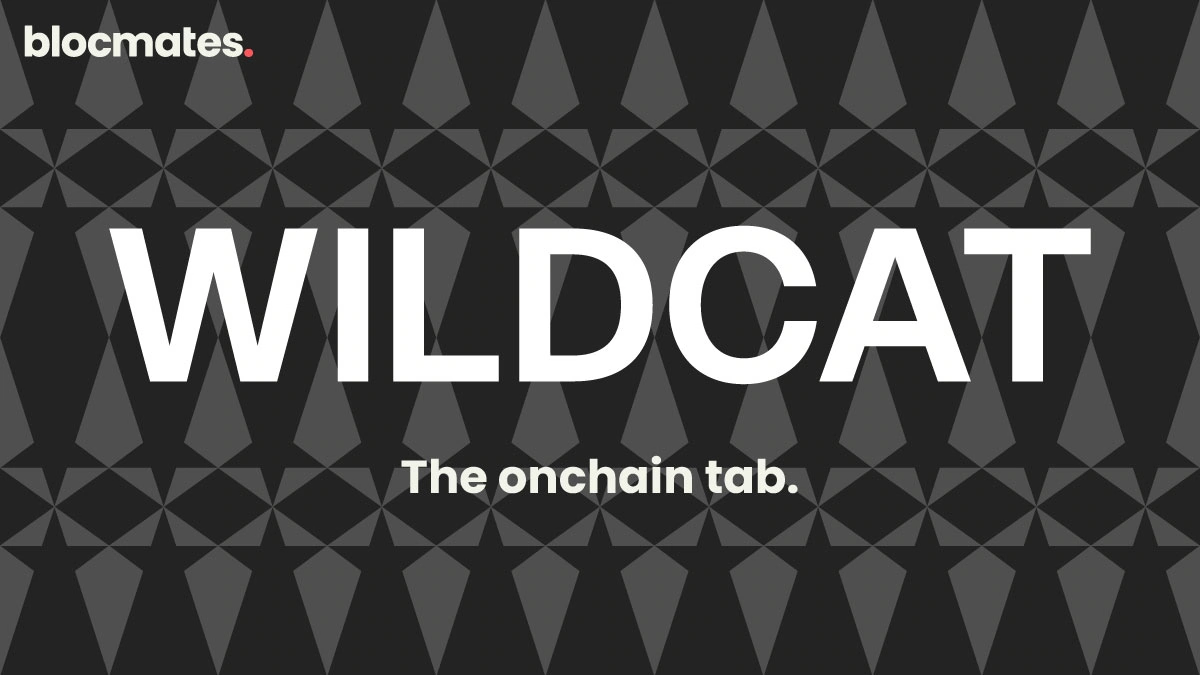
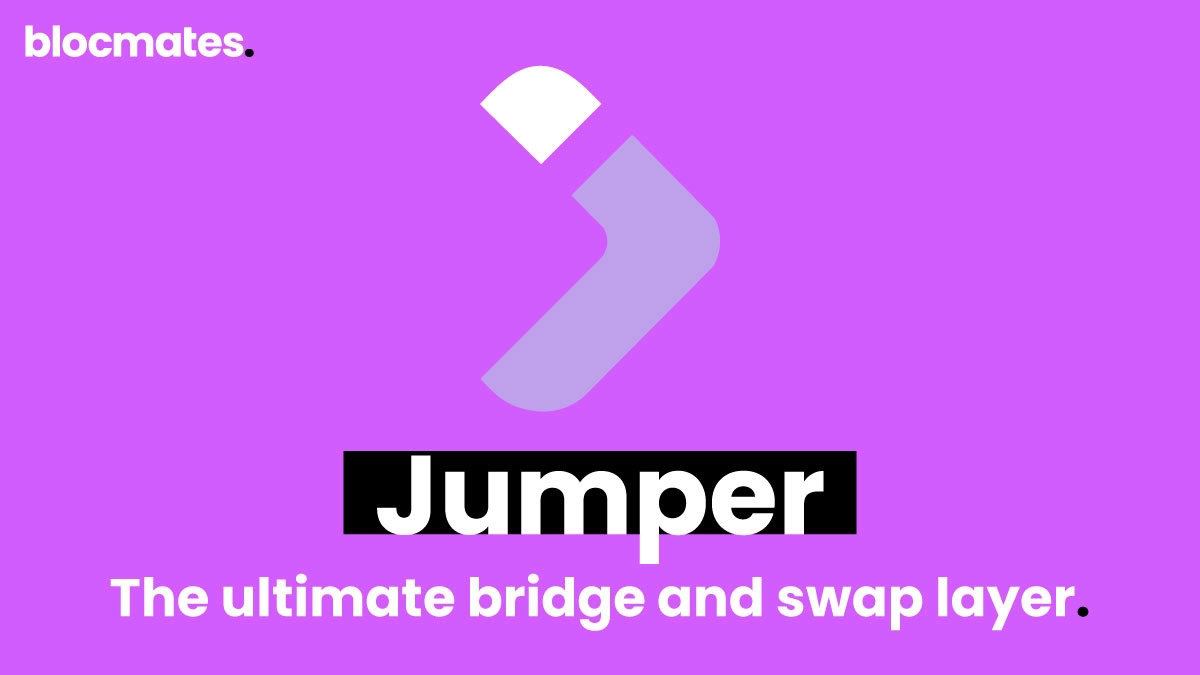
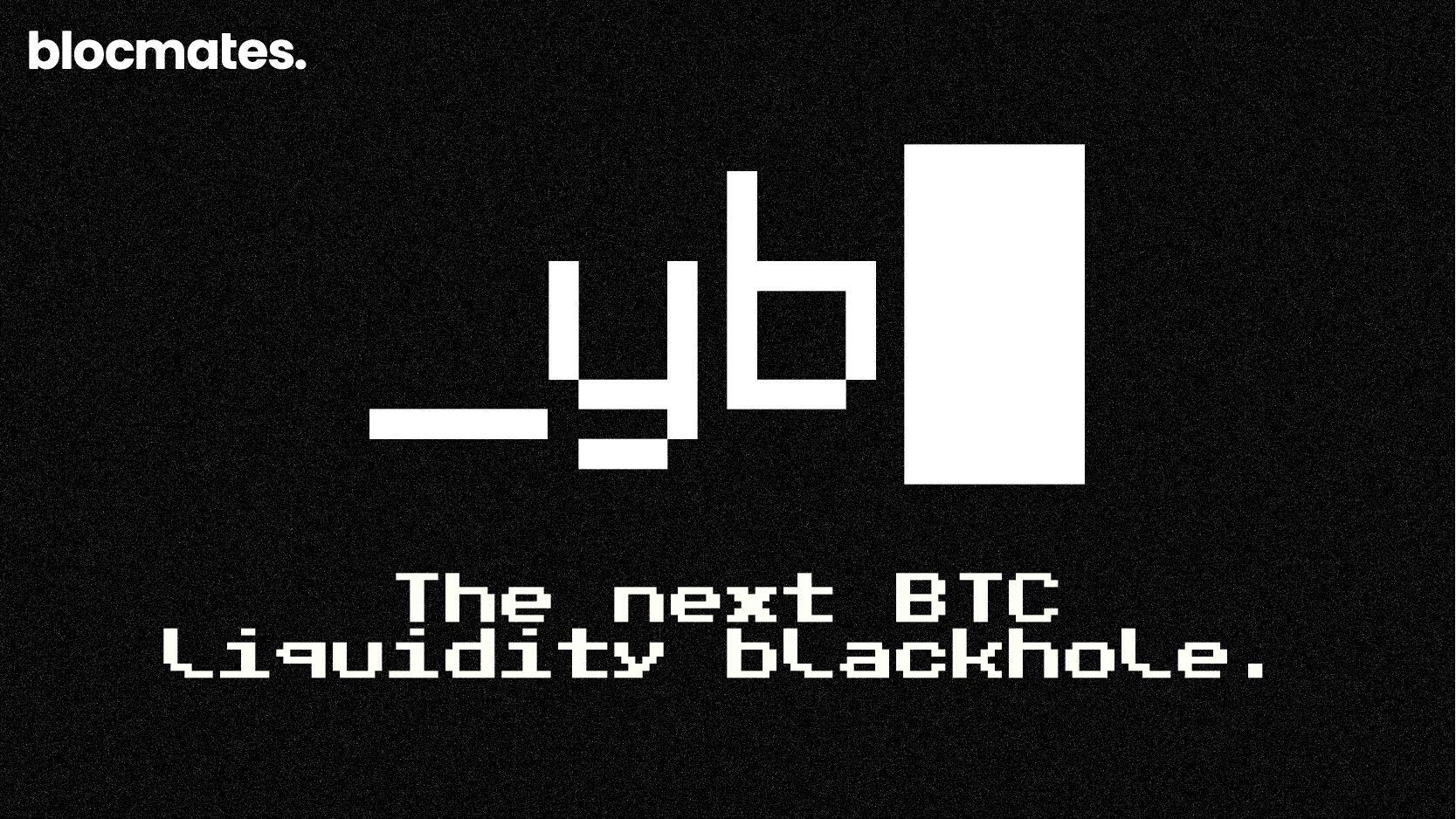
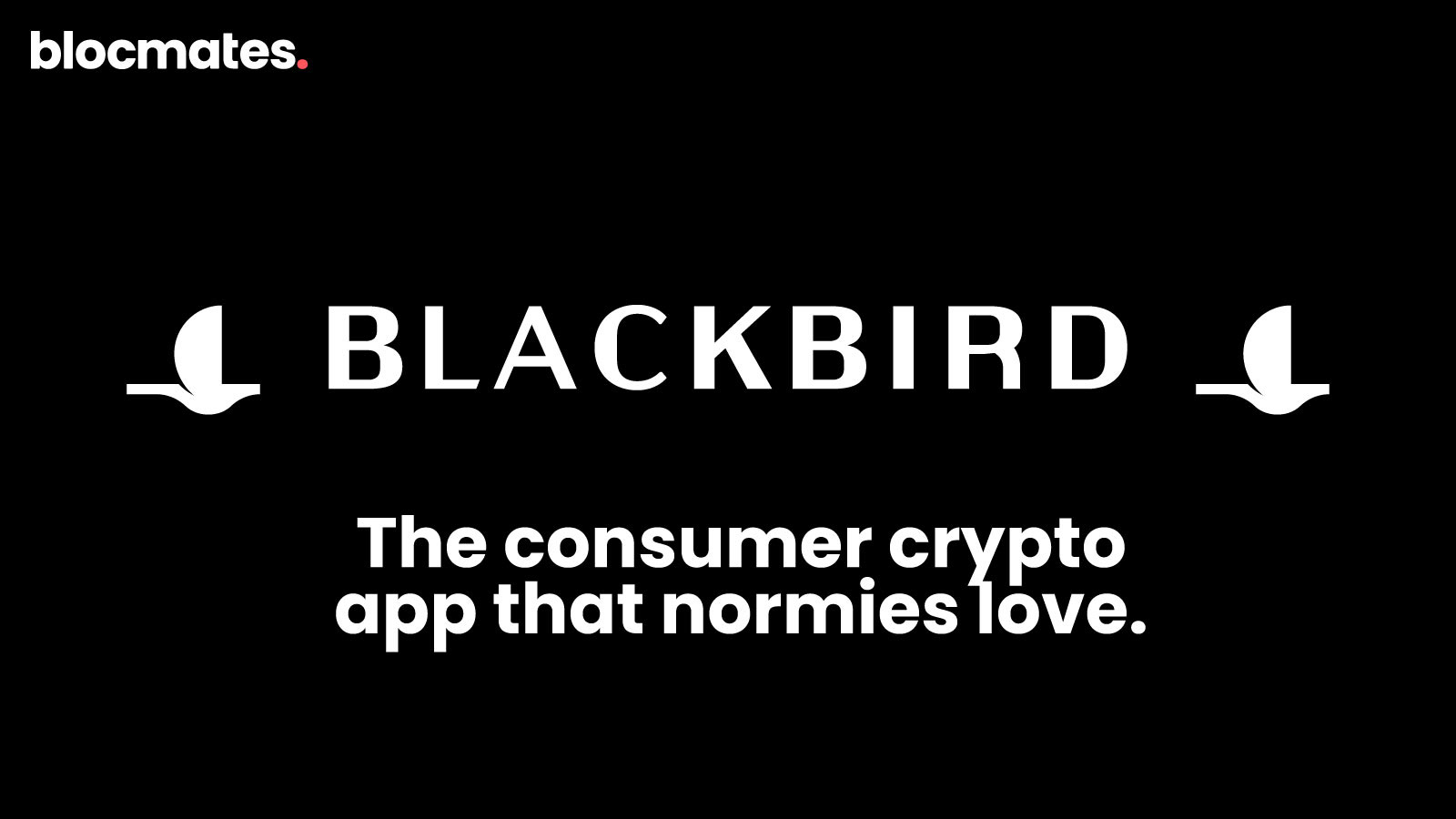
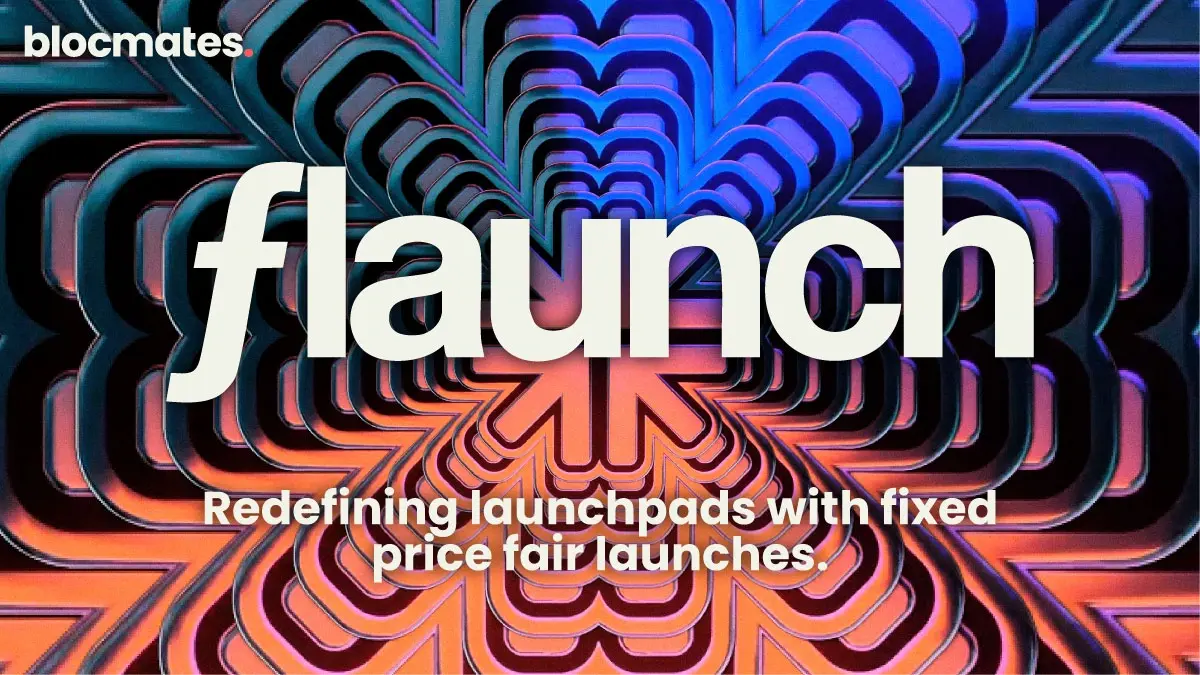

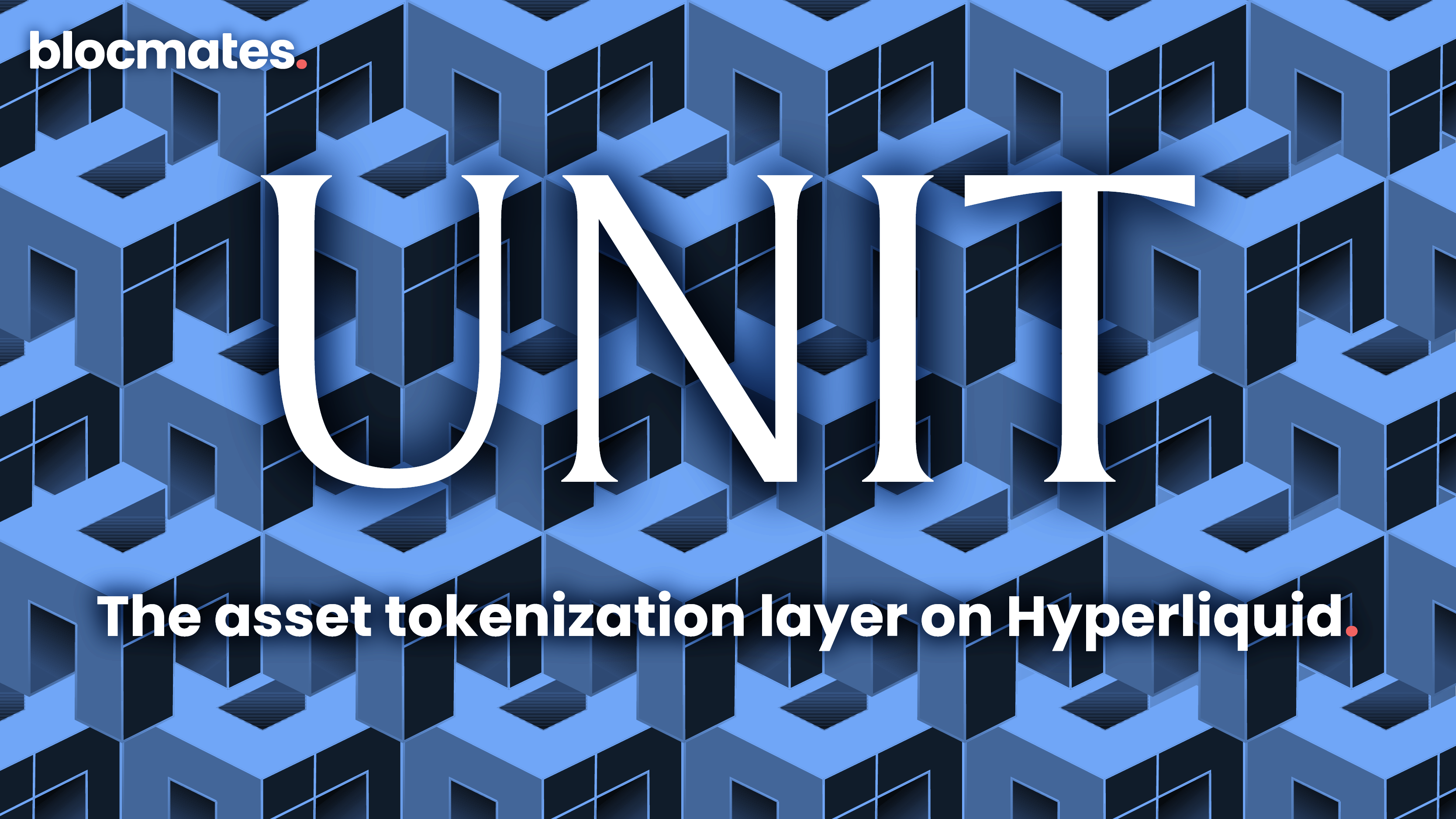




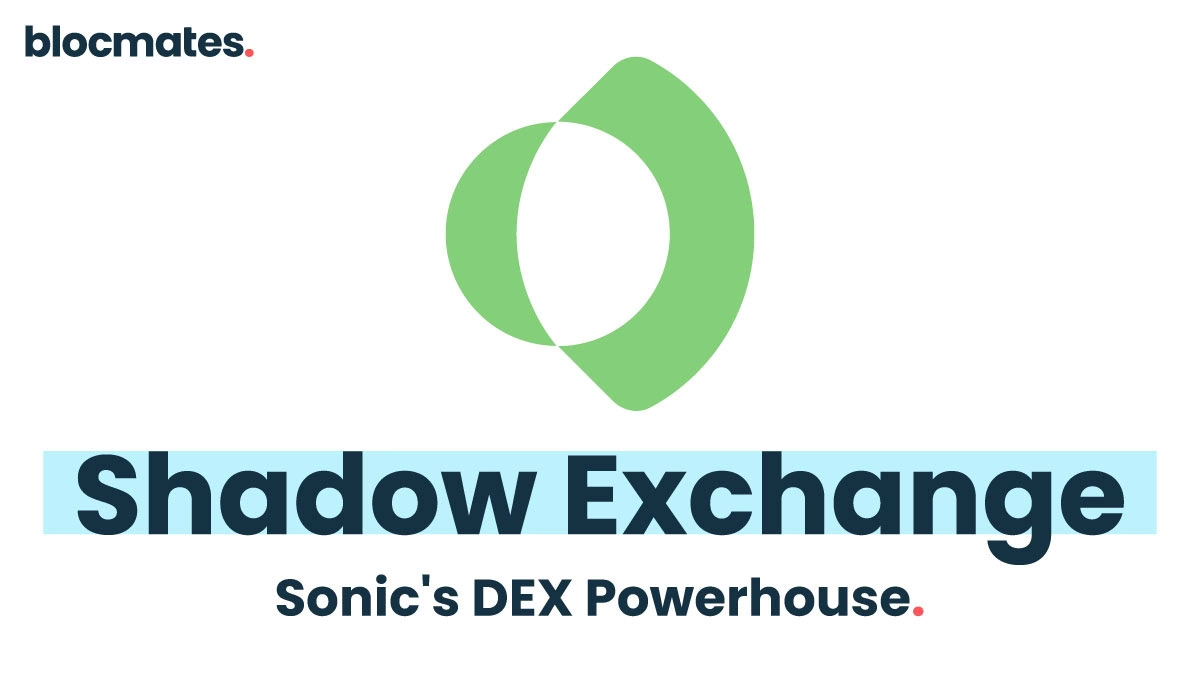


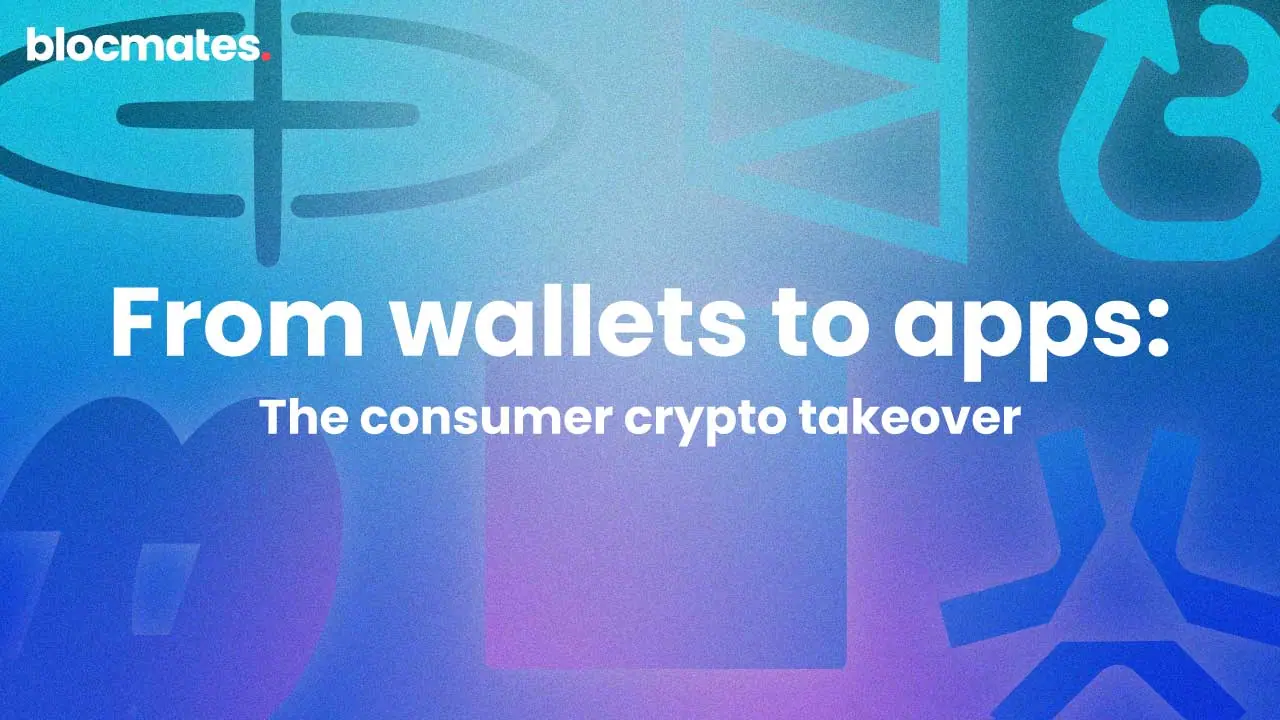


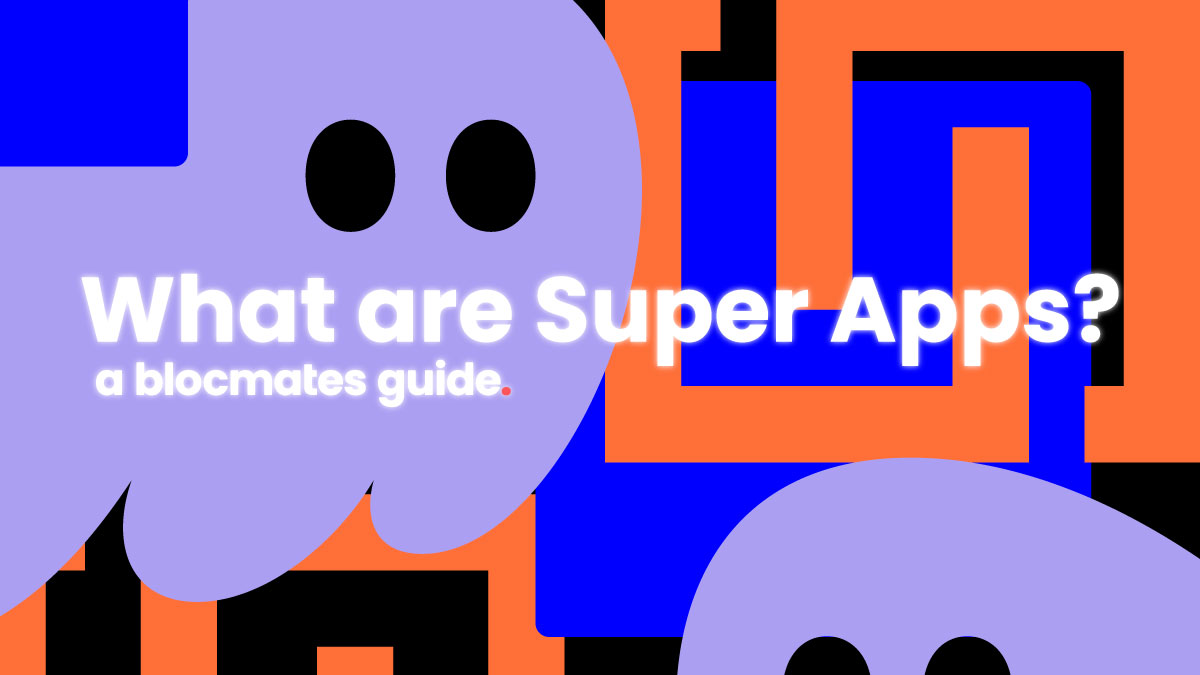

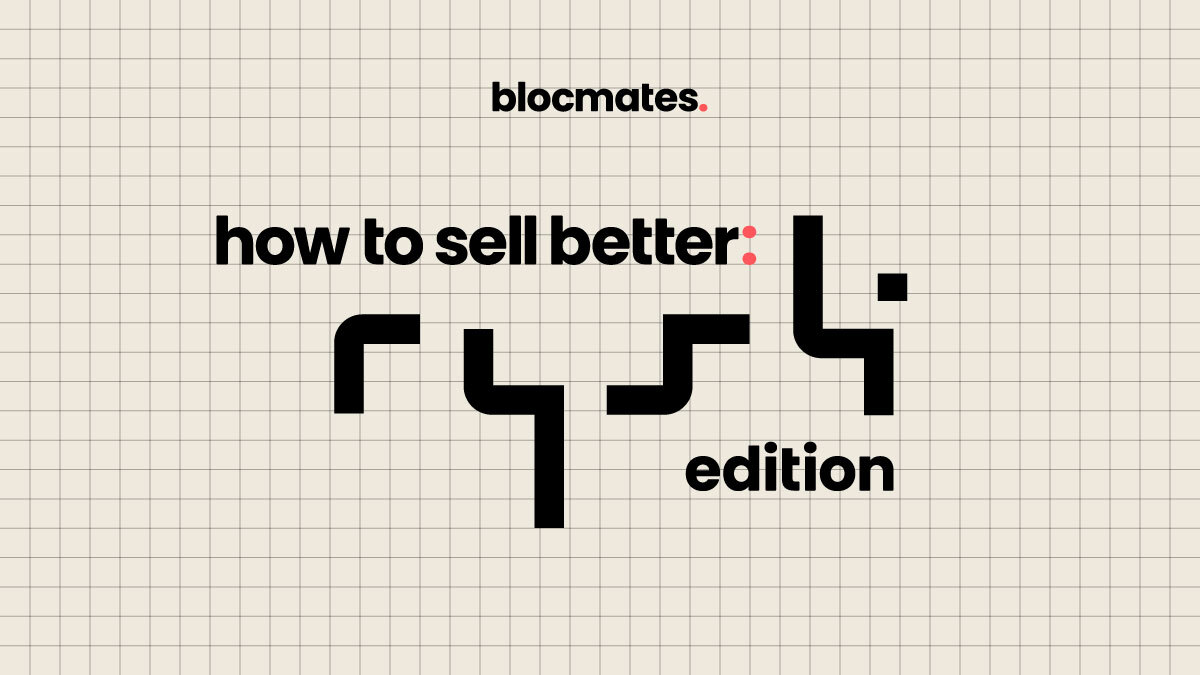


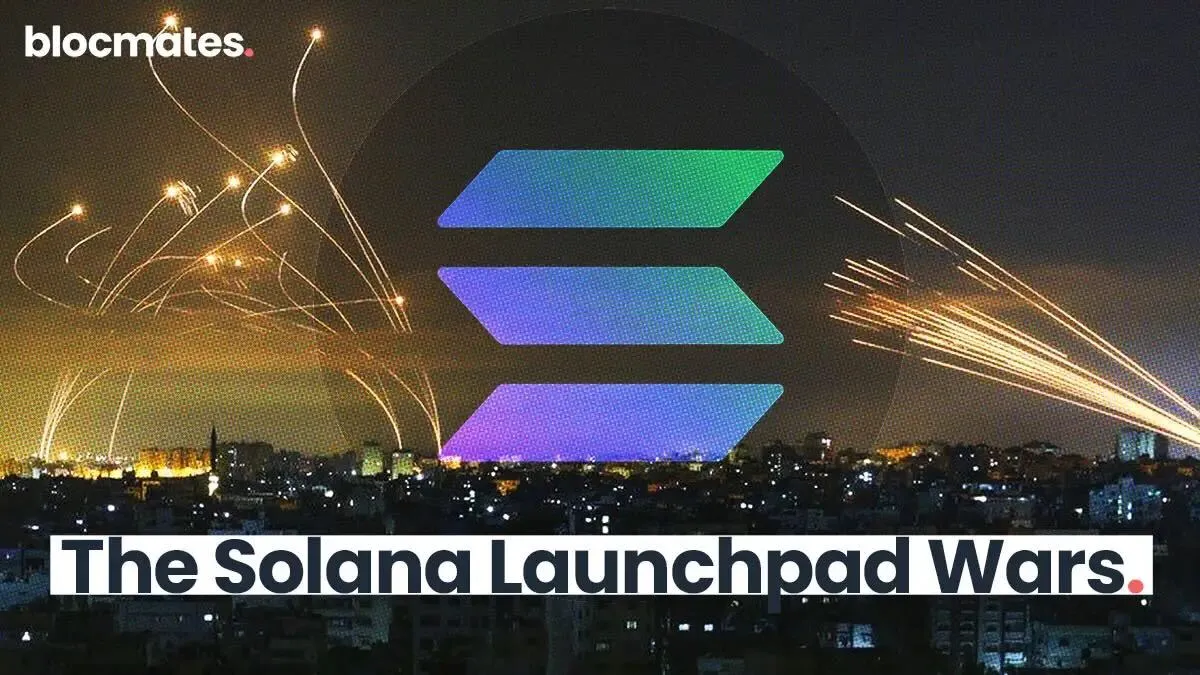




















%202.webp)


.webp)

.webp)
.webp)
.webp)



.webp)

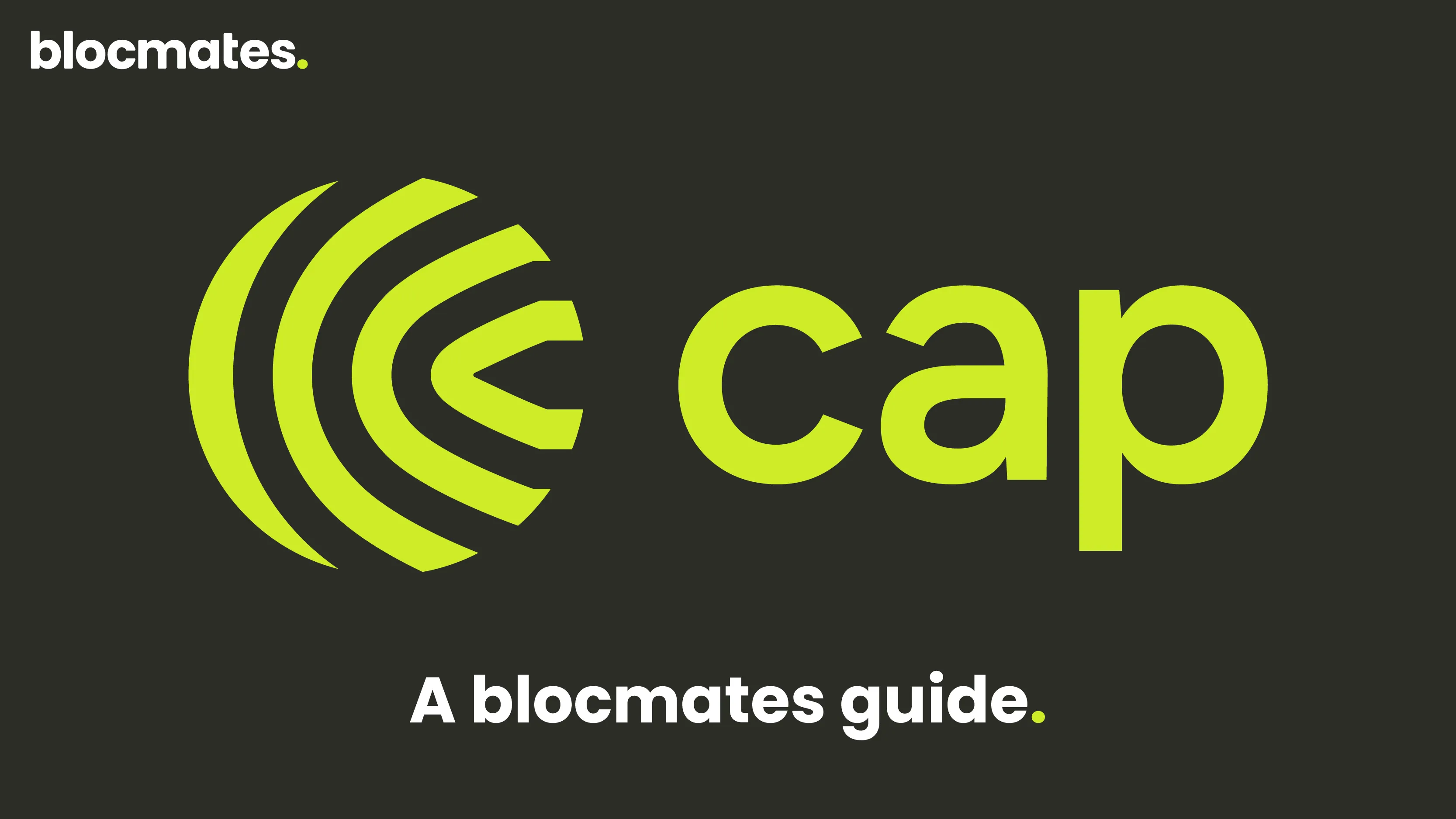










%20the%20Next%20Big%20Unlock%20in%20AI.webp)






.webp)
.webp)

.webp)
.webp)
.webp)


.webp)
.webp)










.webp)


.webp)









.webp)







.webp)
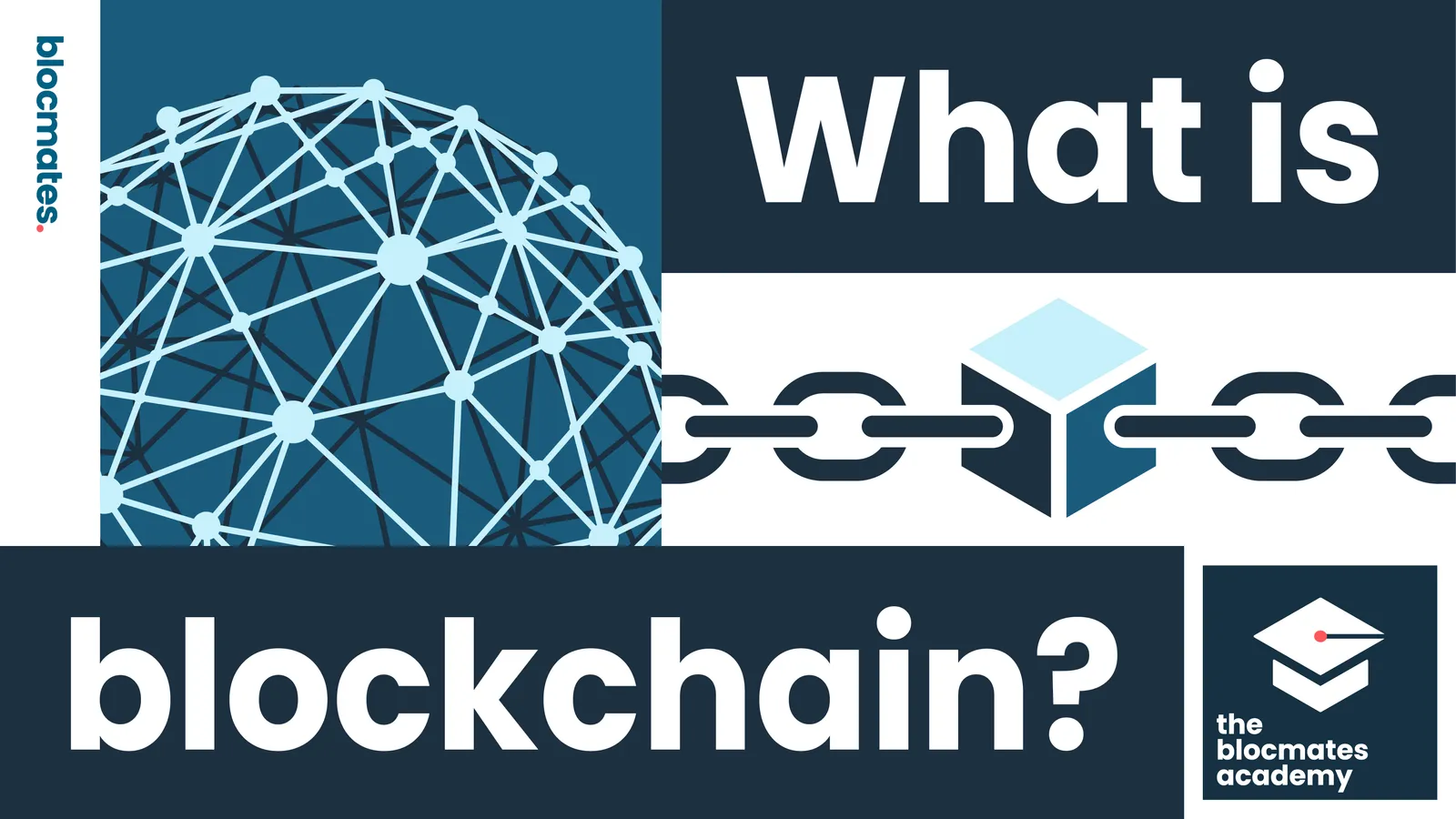



.webp)













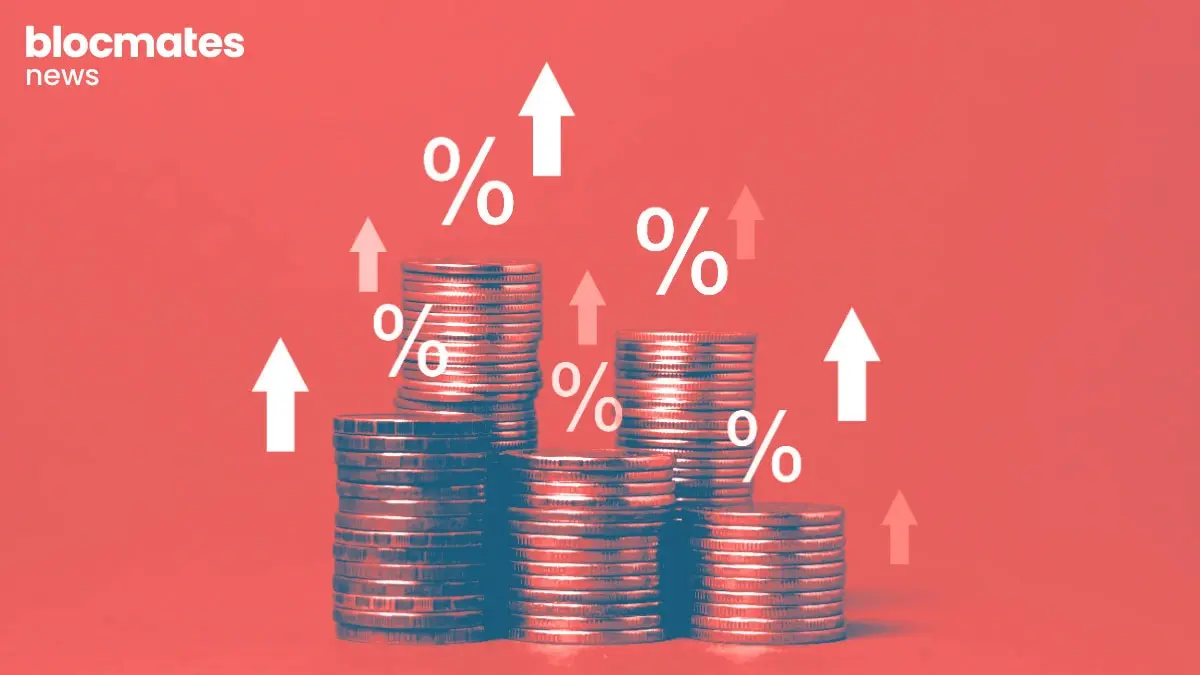

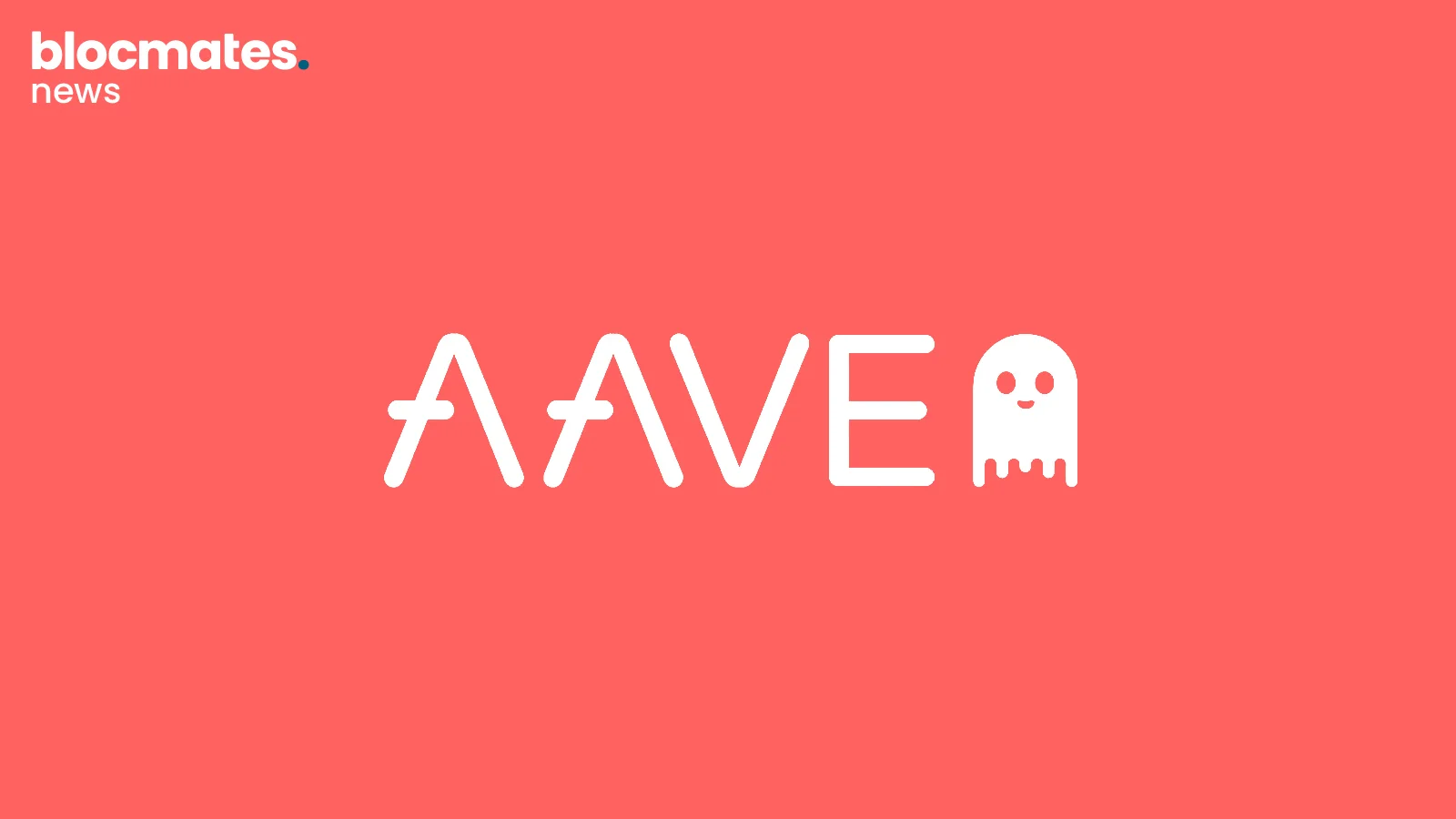
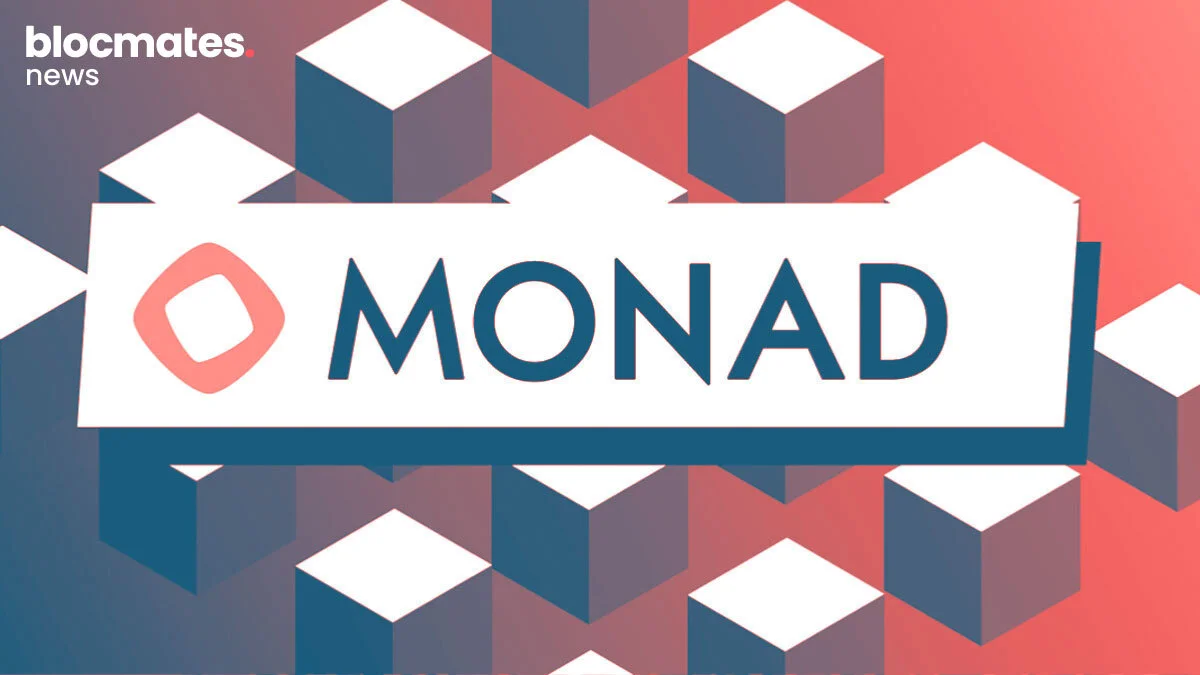


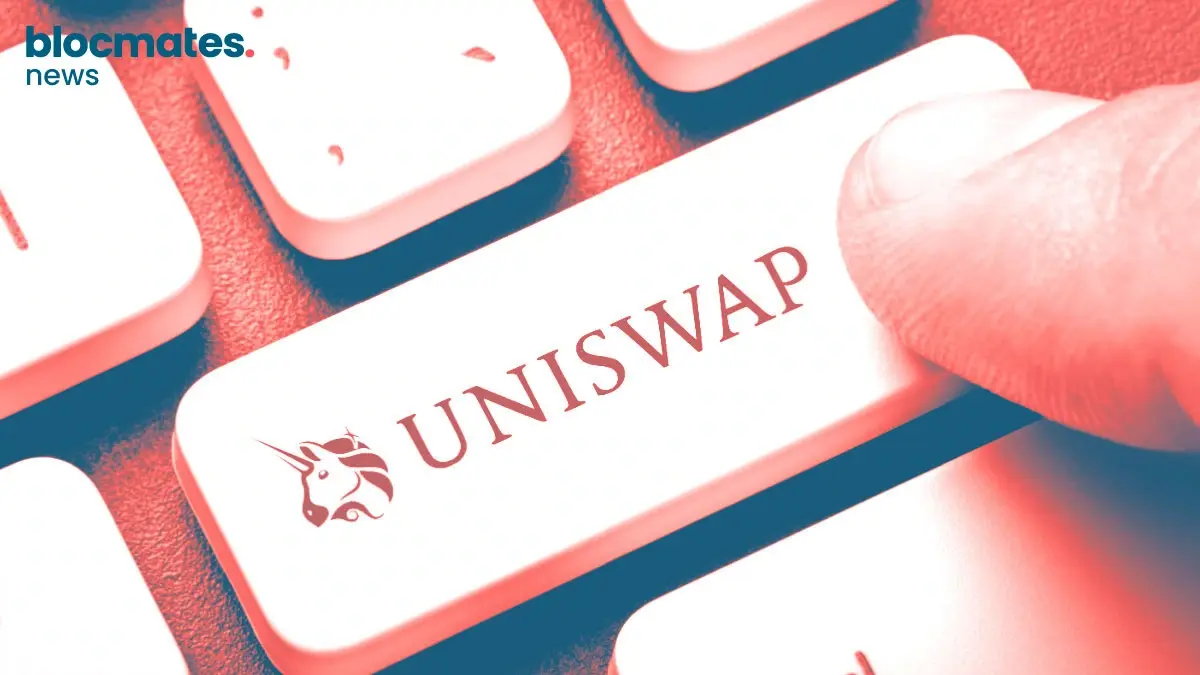



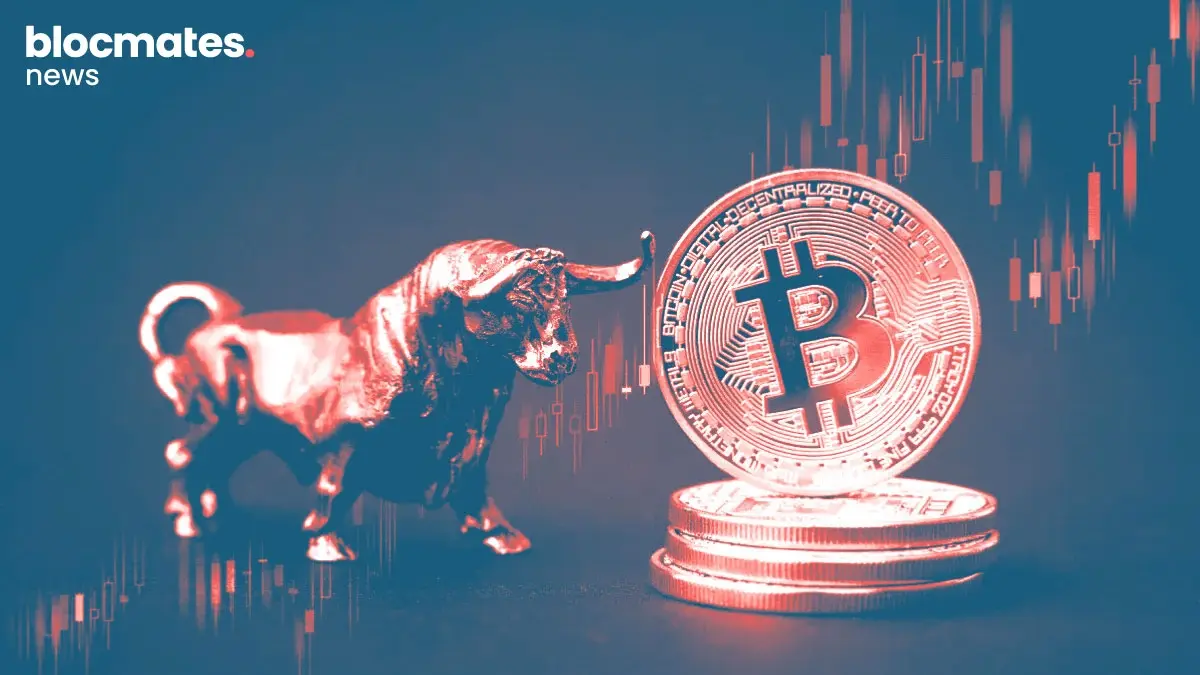

.webp)
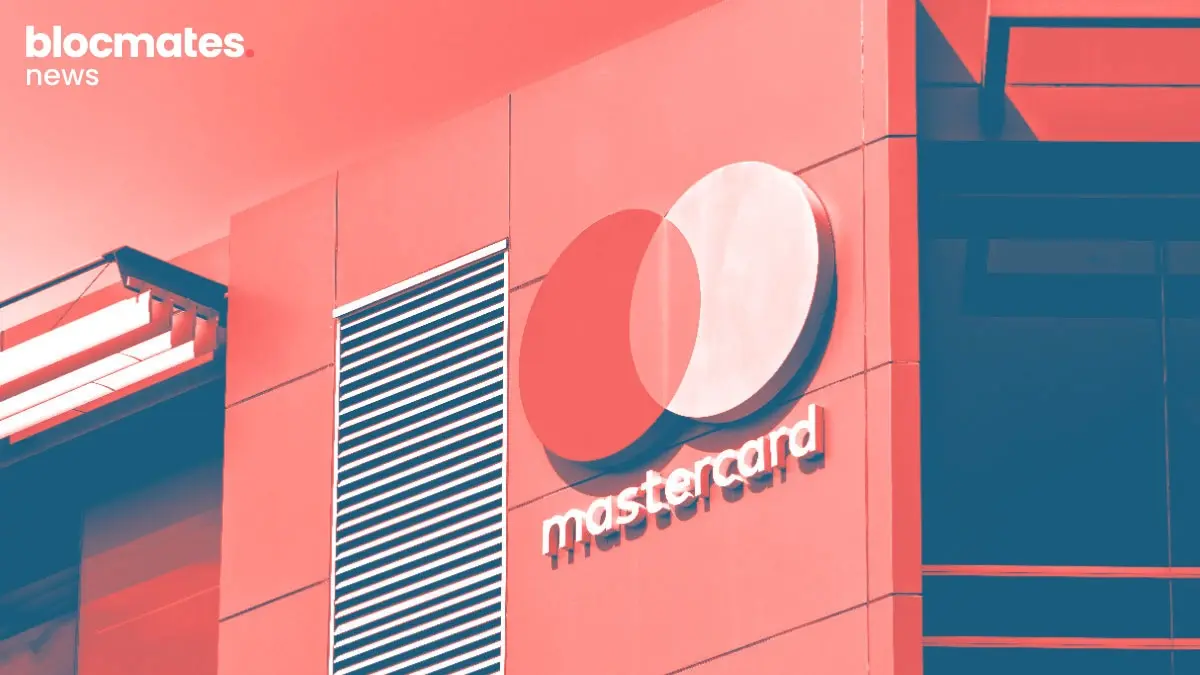






.webp)


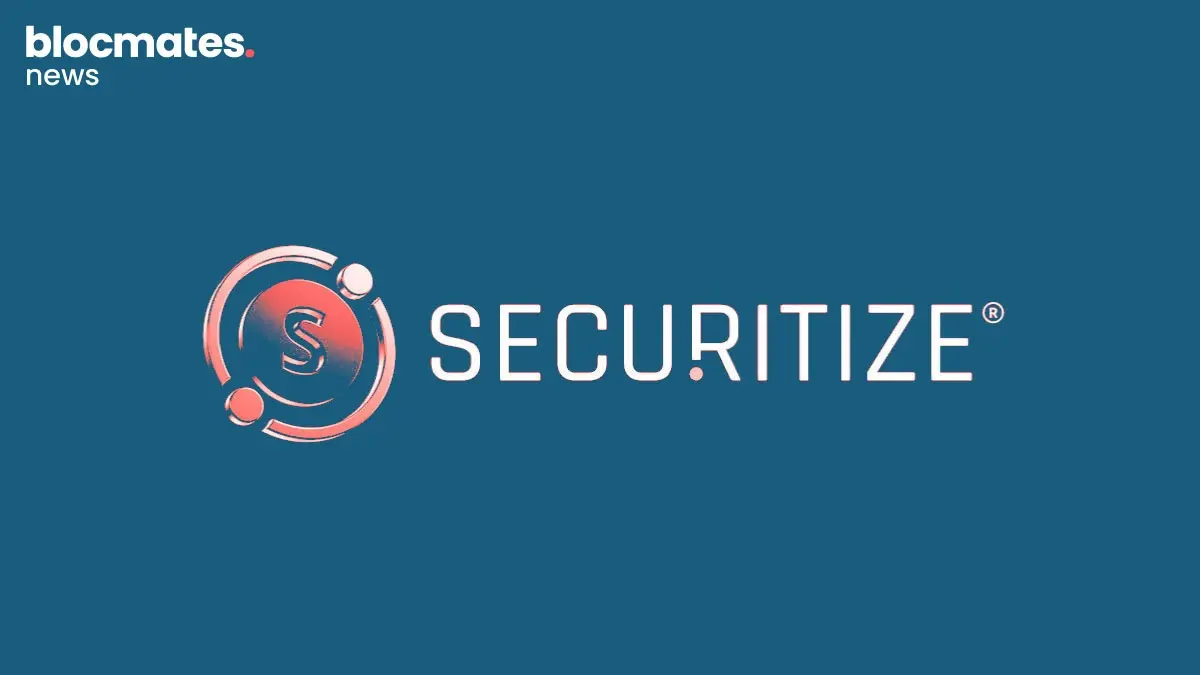

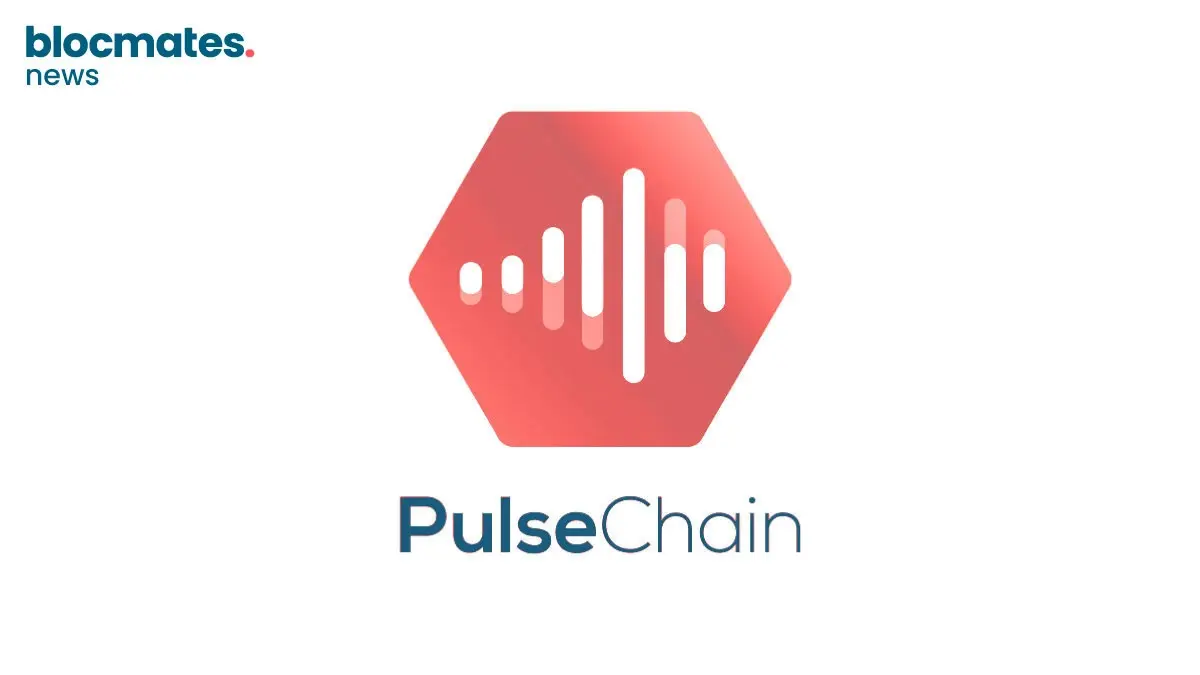
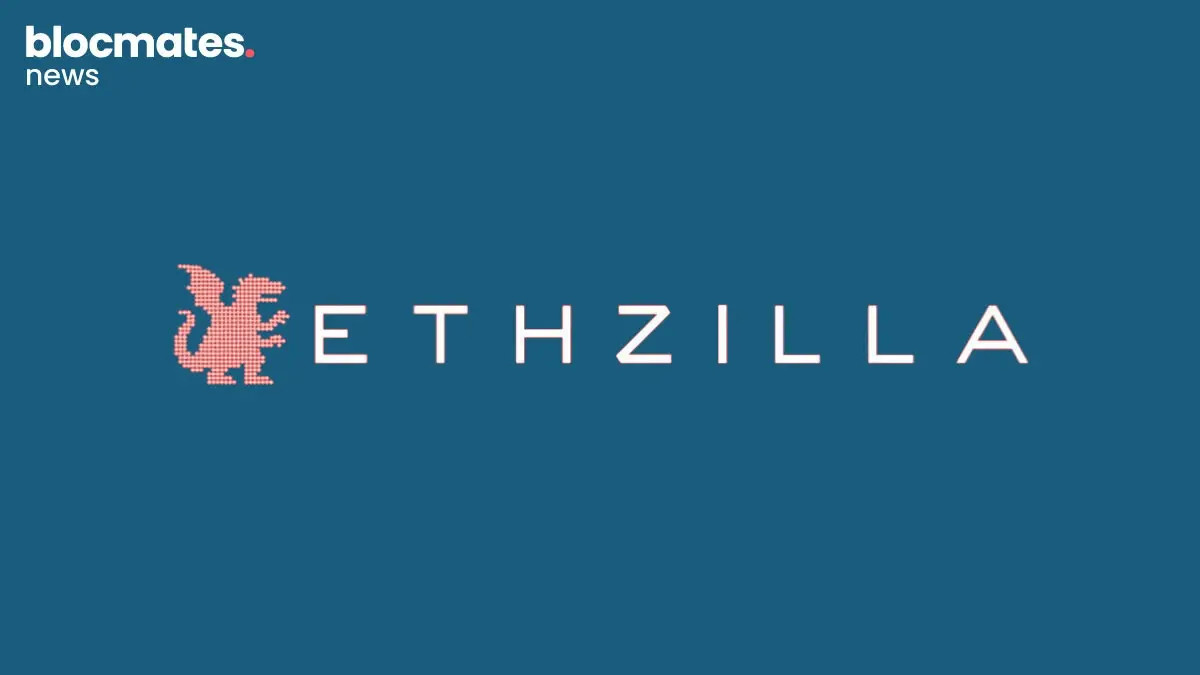
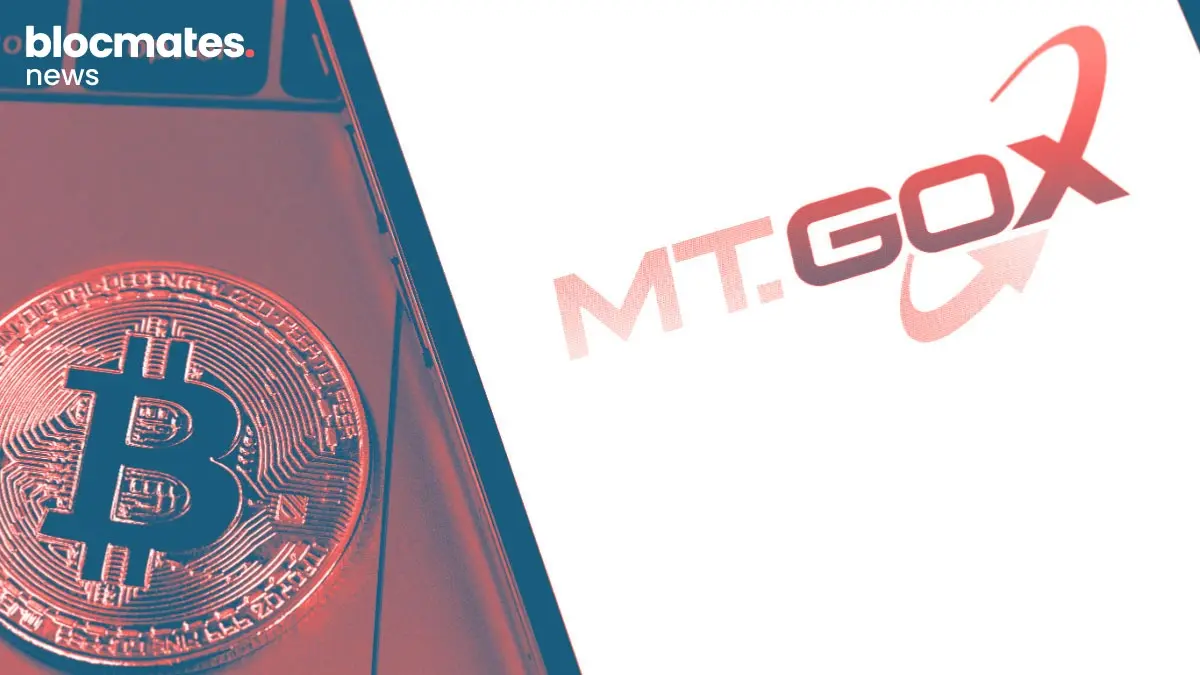

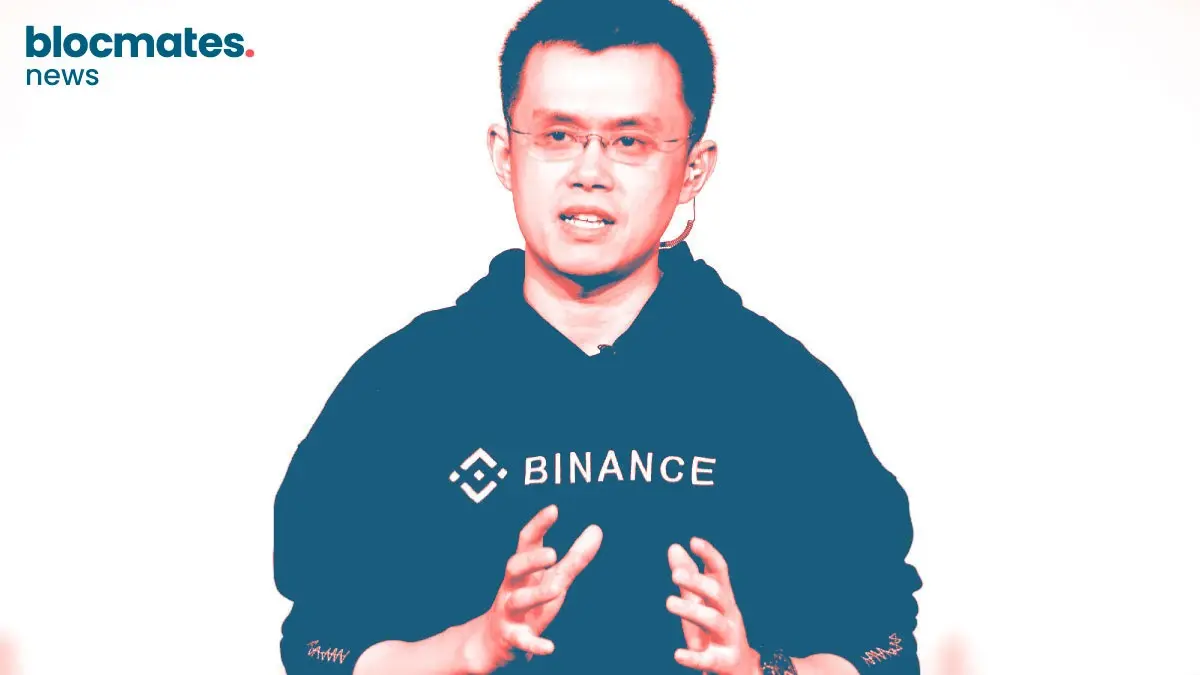


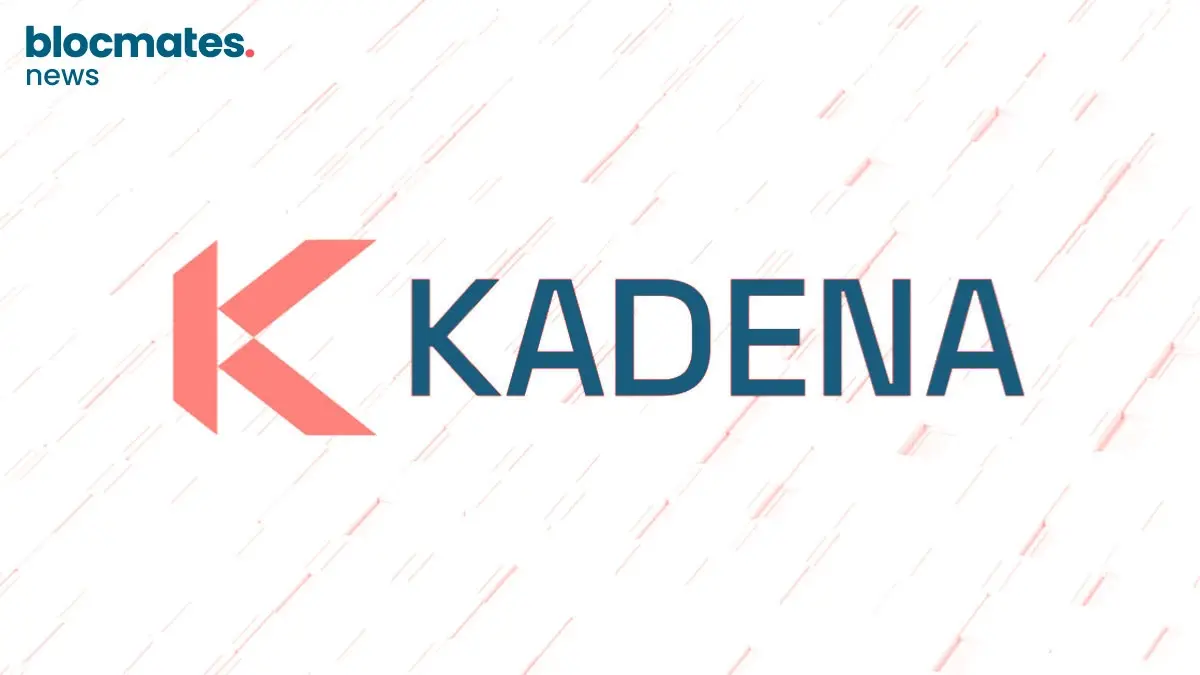

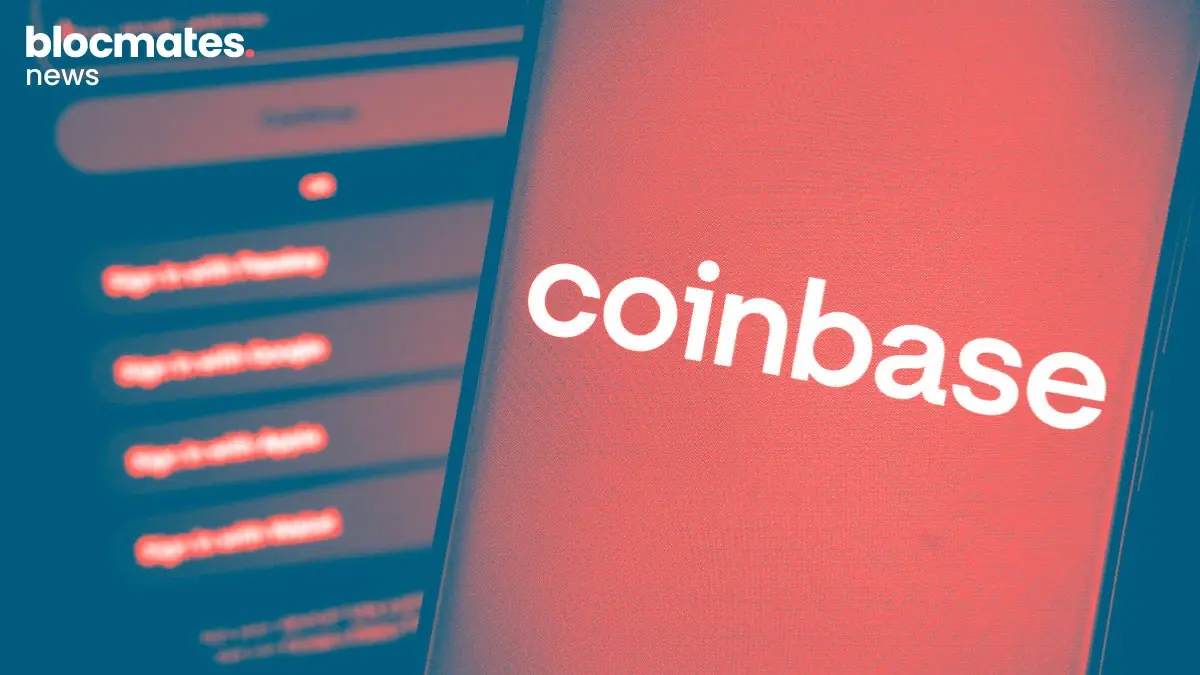
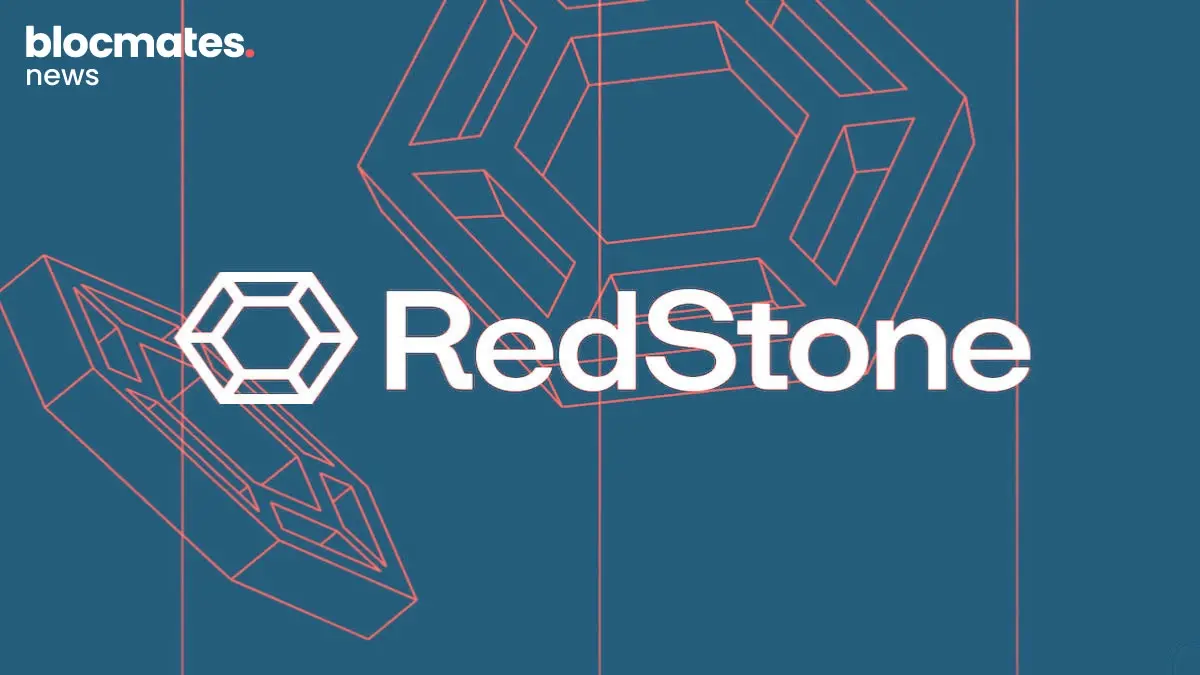
.webp)

.webp)
.webp)

.webp)


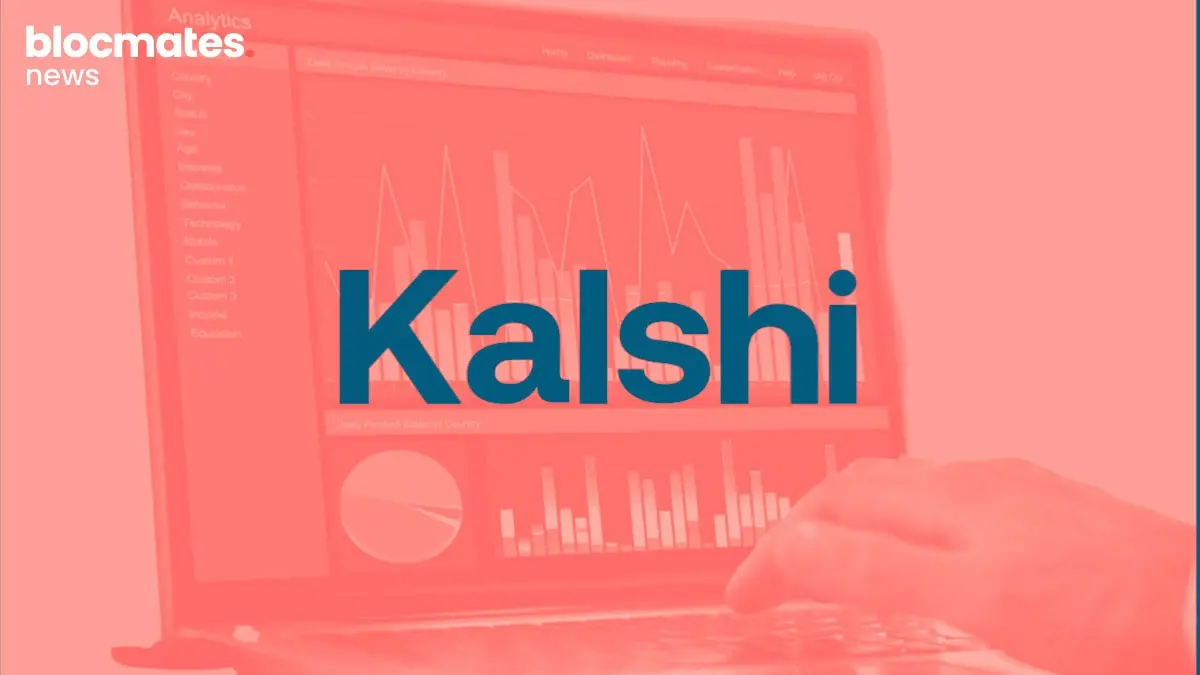
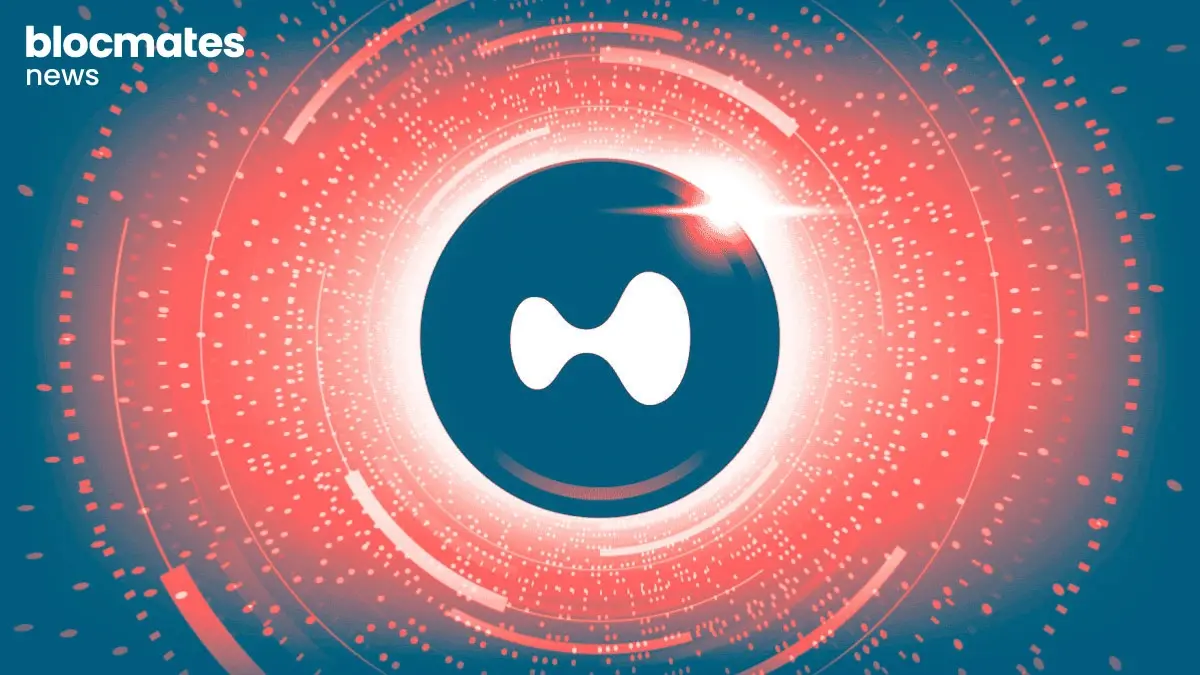



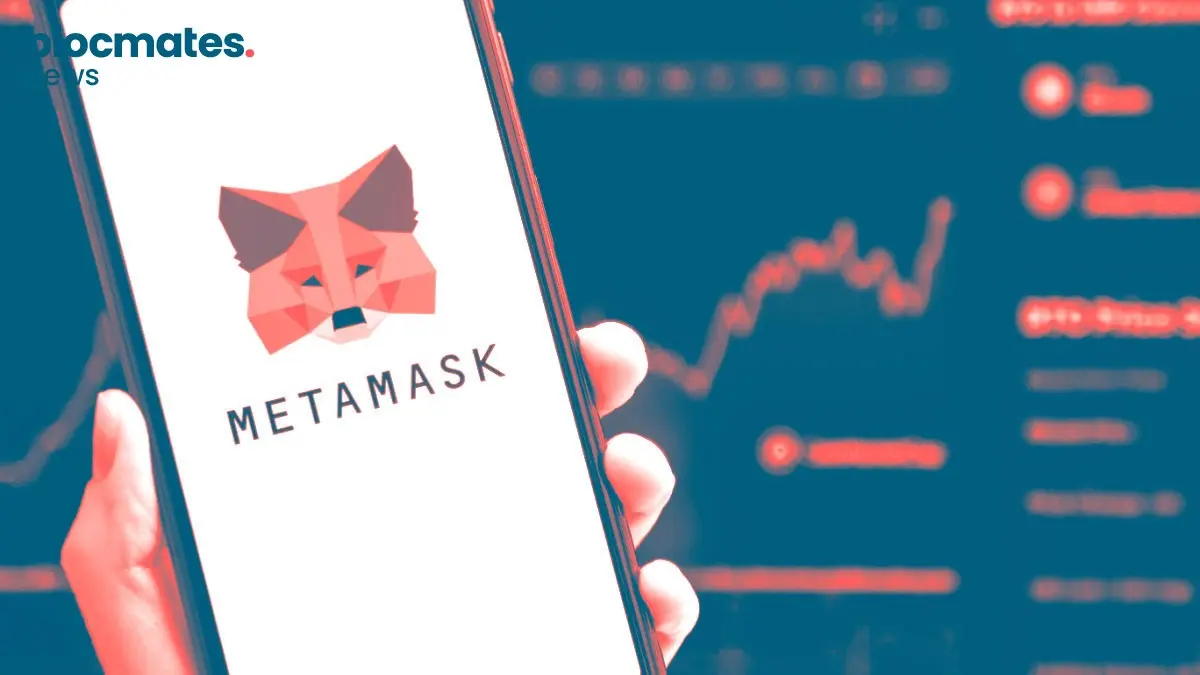



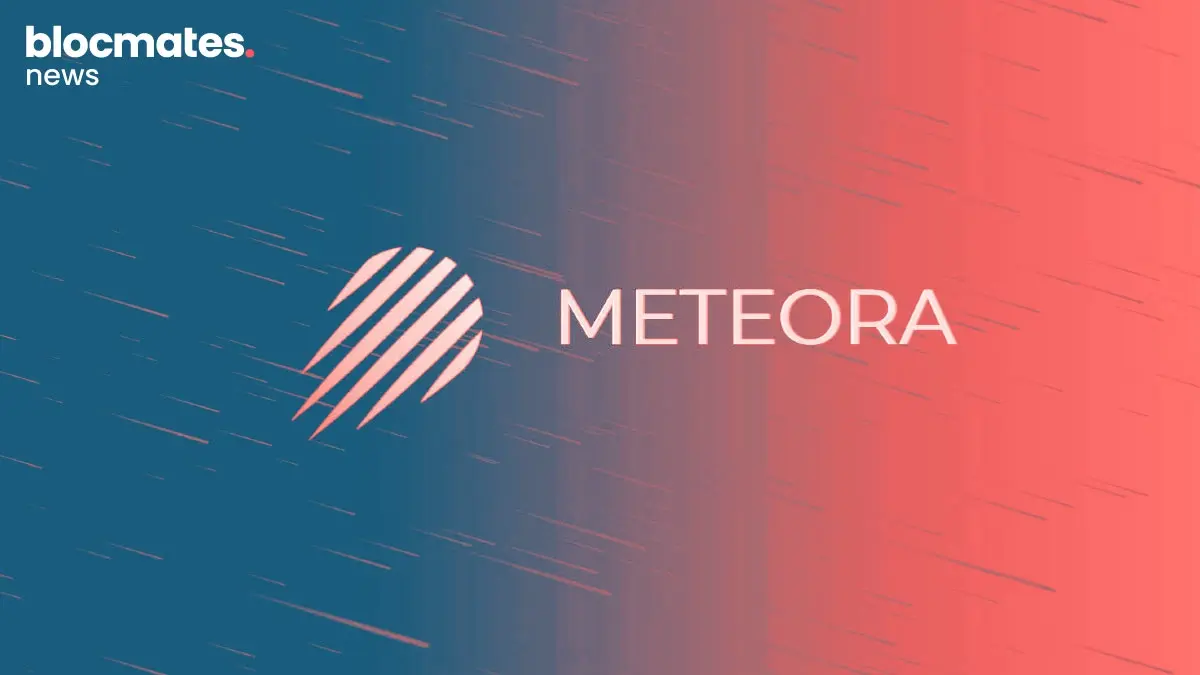


.webp)

.webp)


.webp)



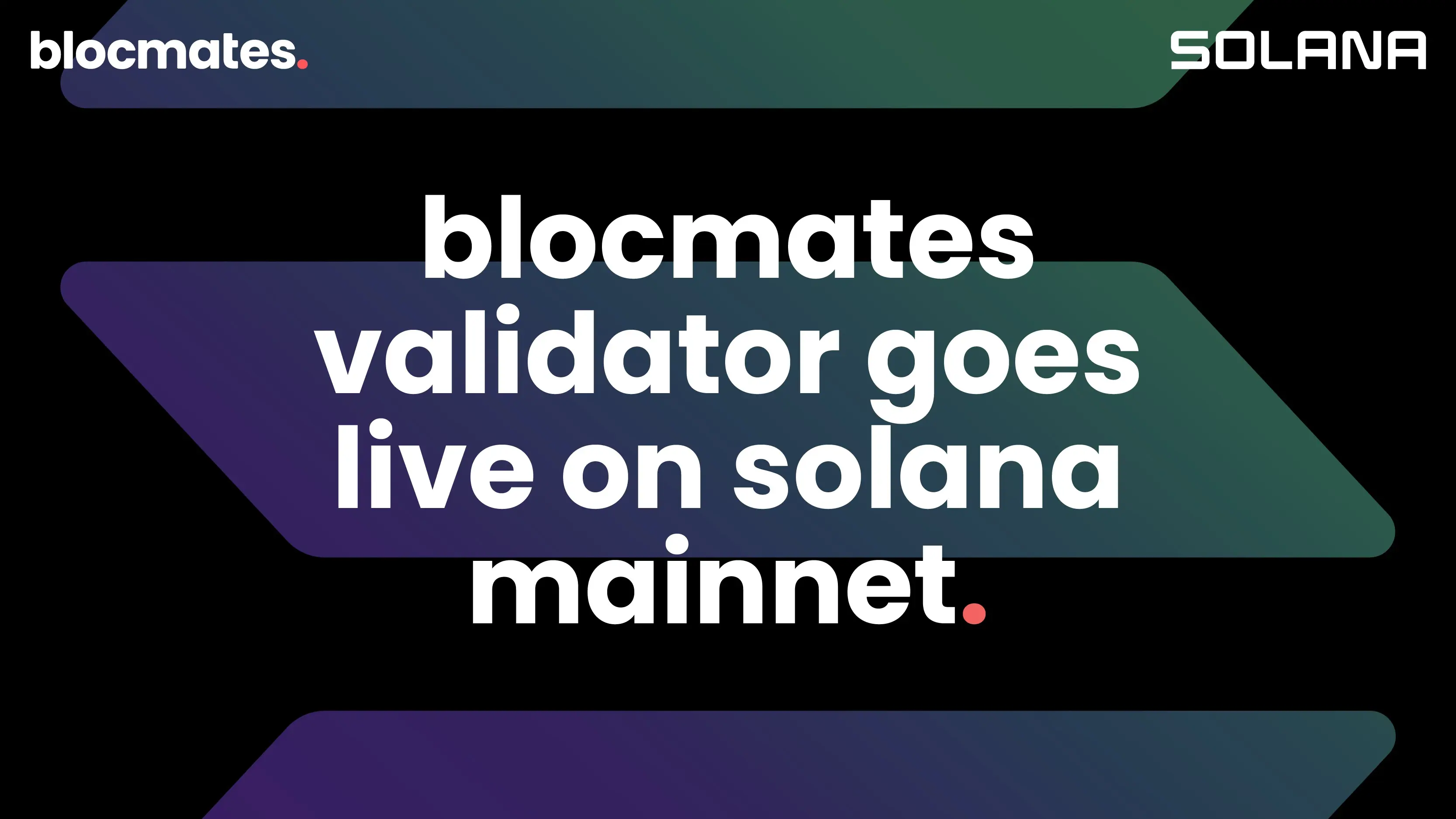
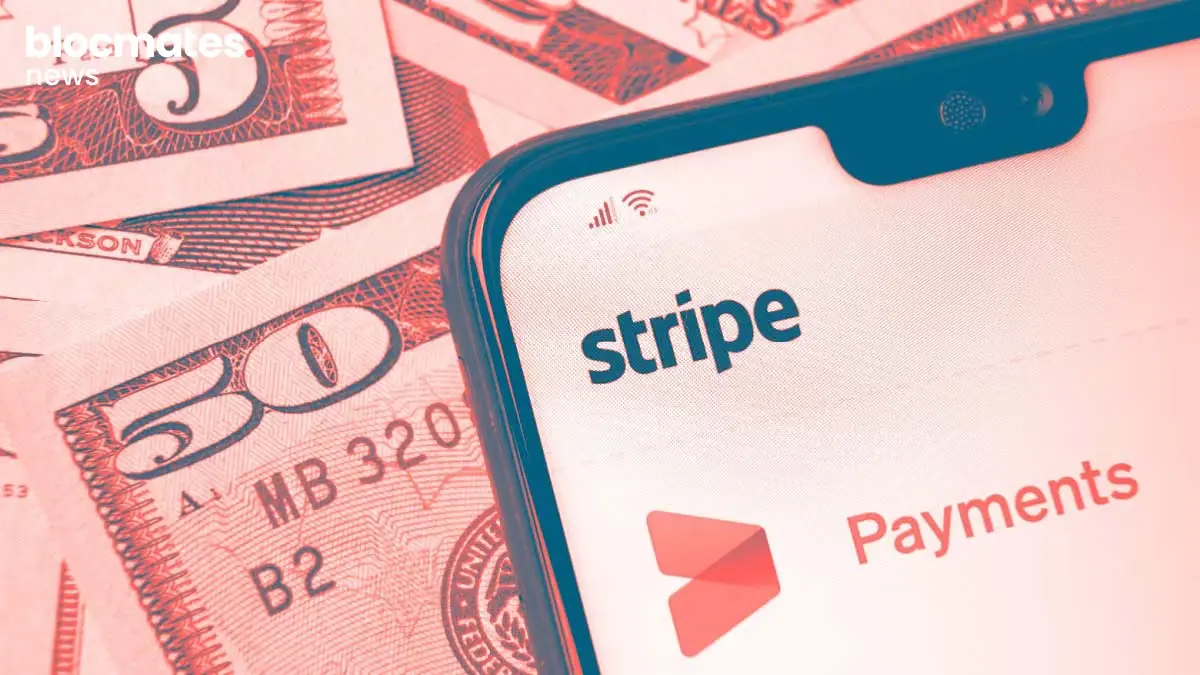



.webp)
